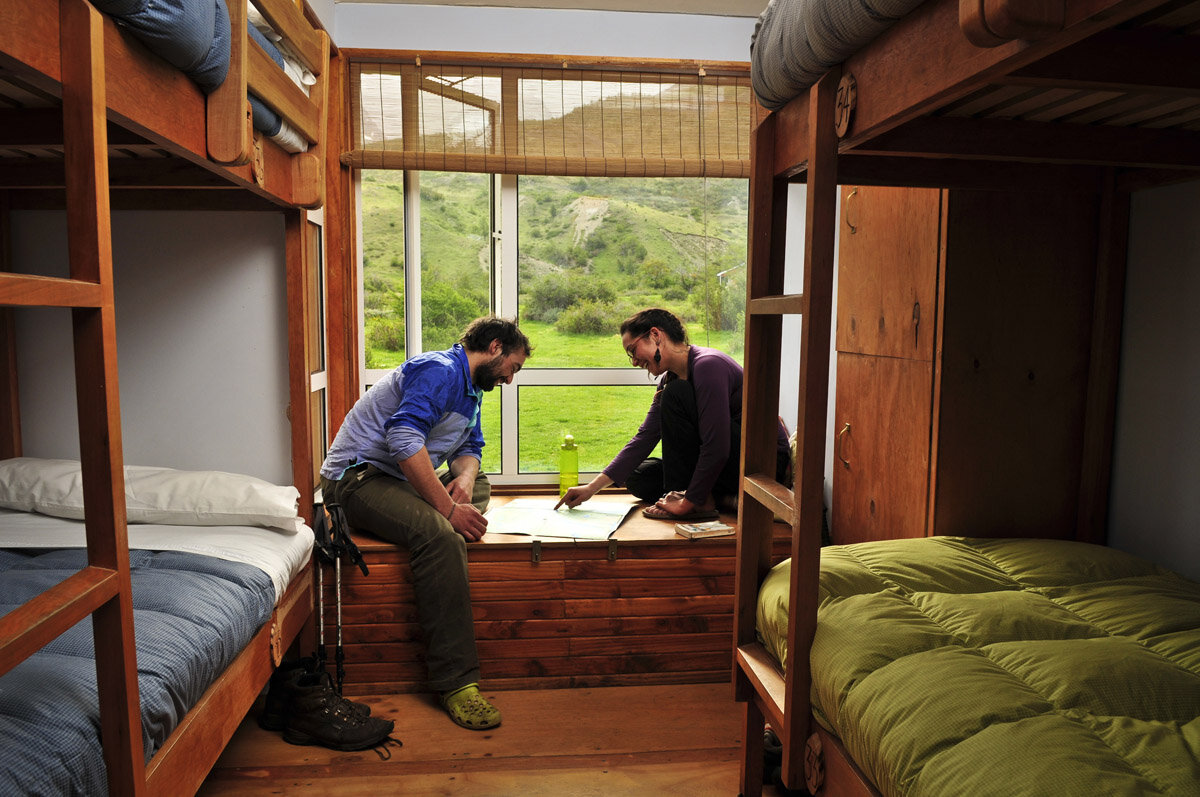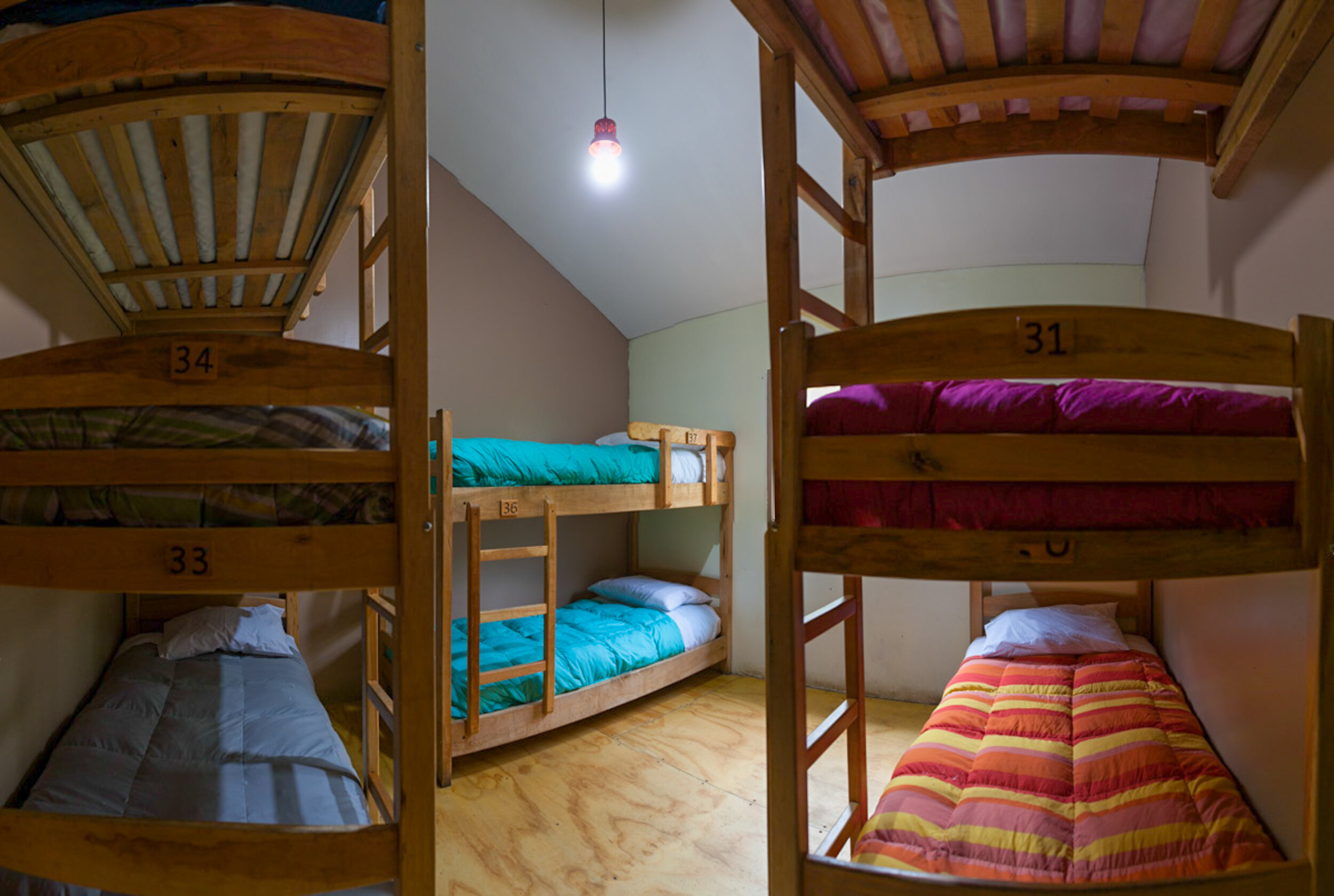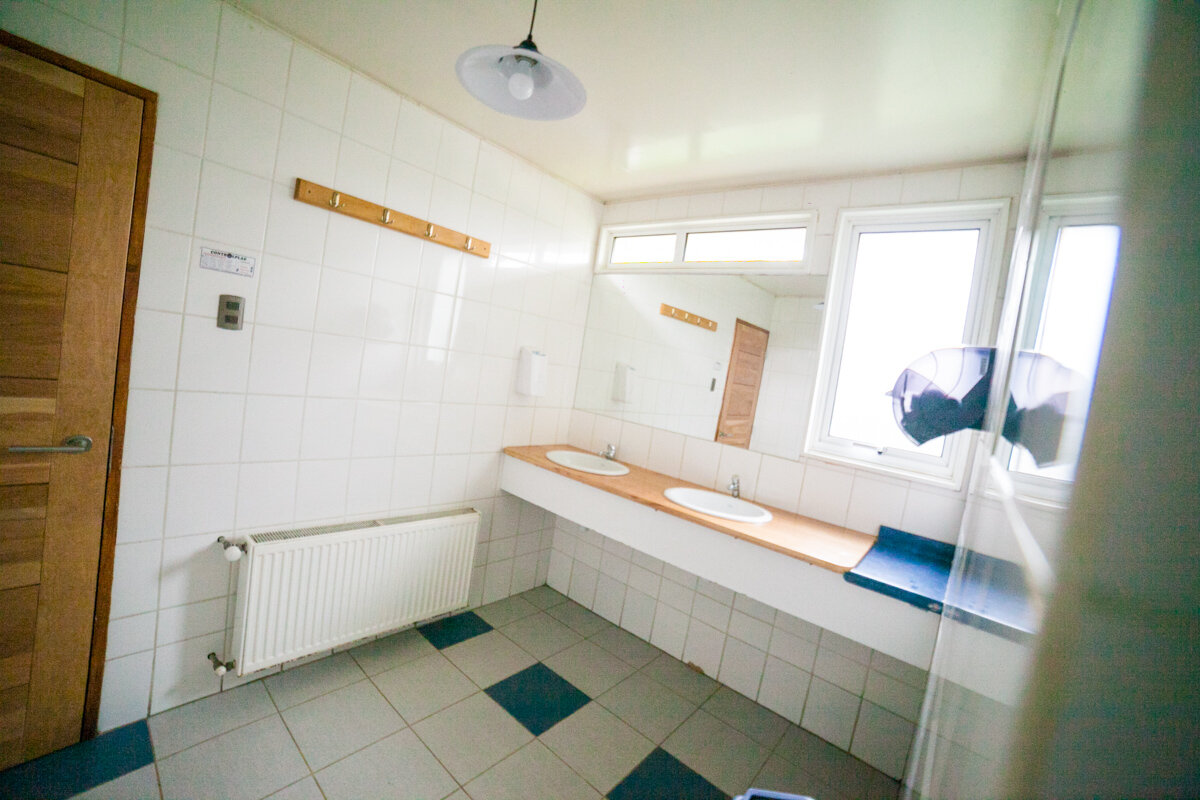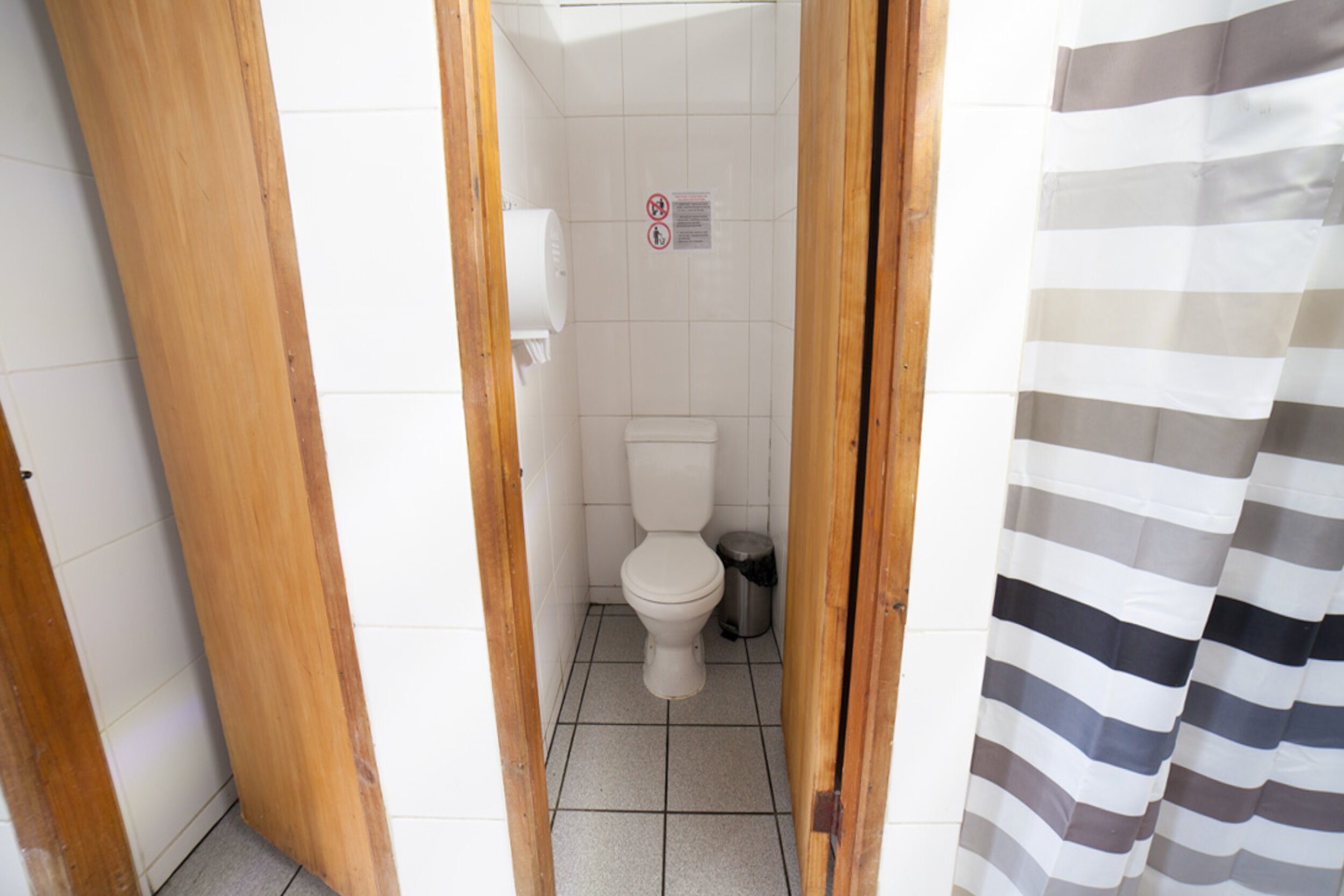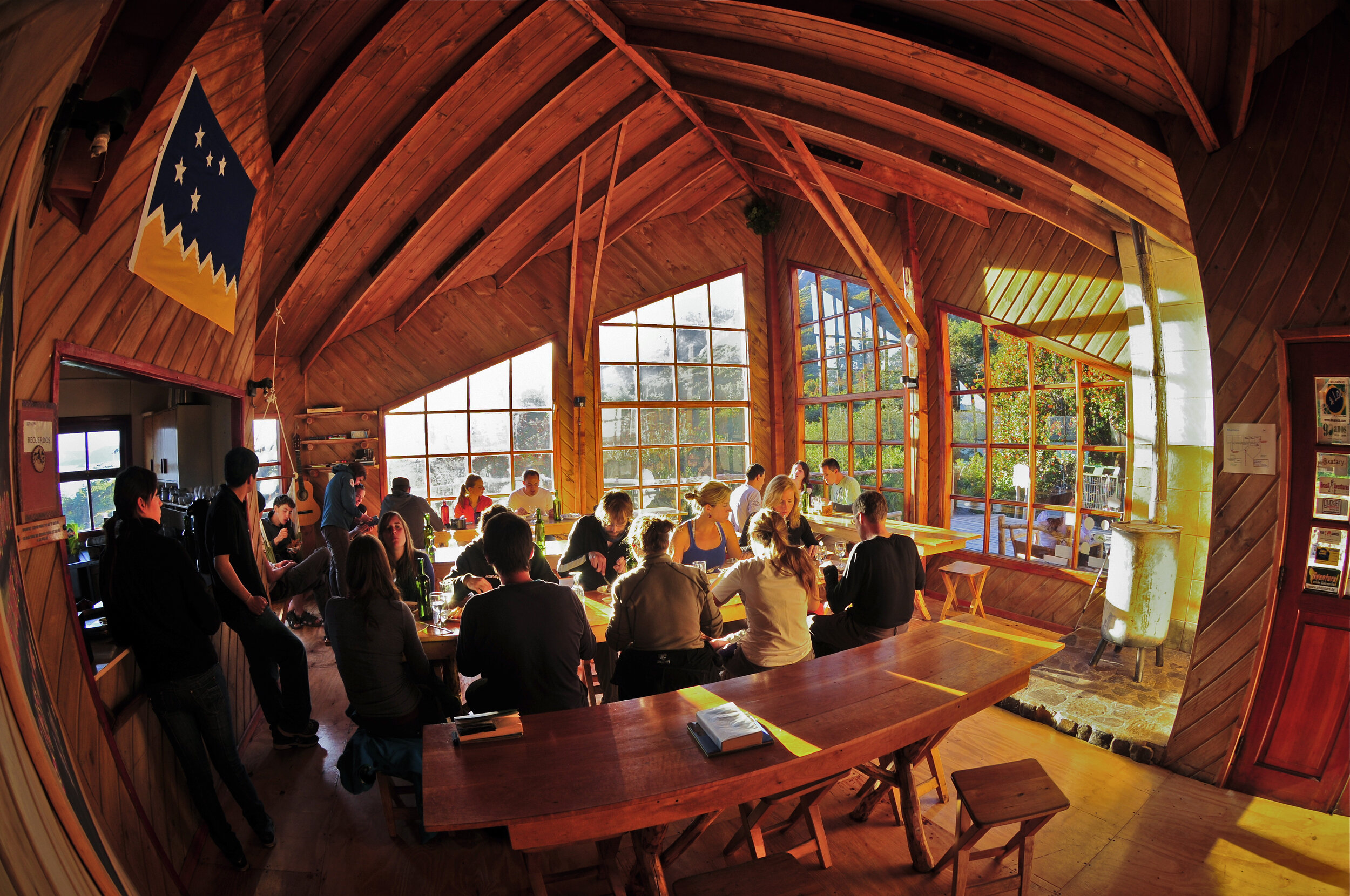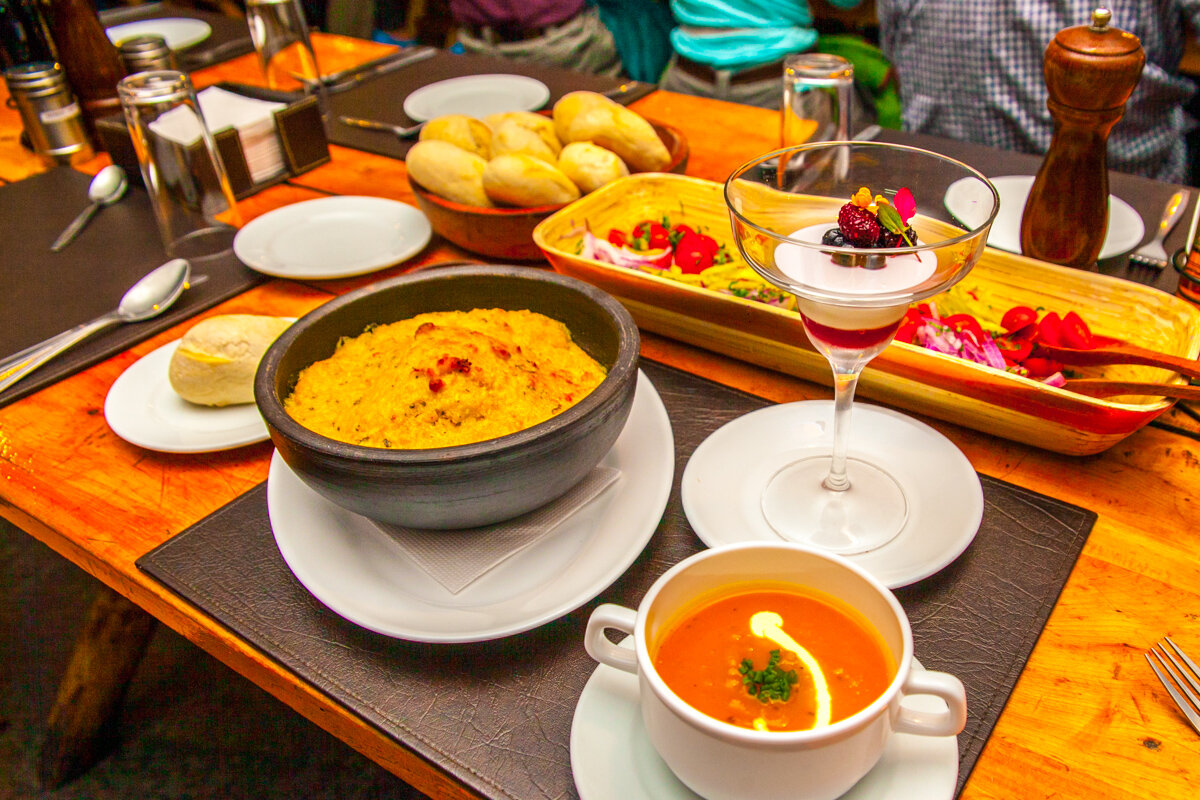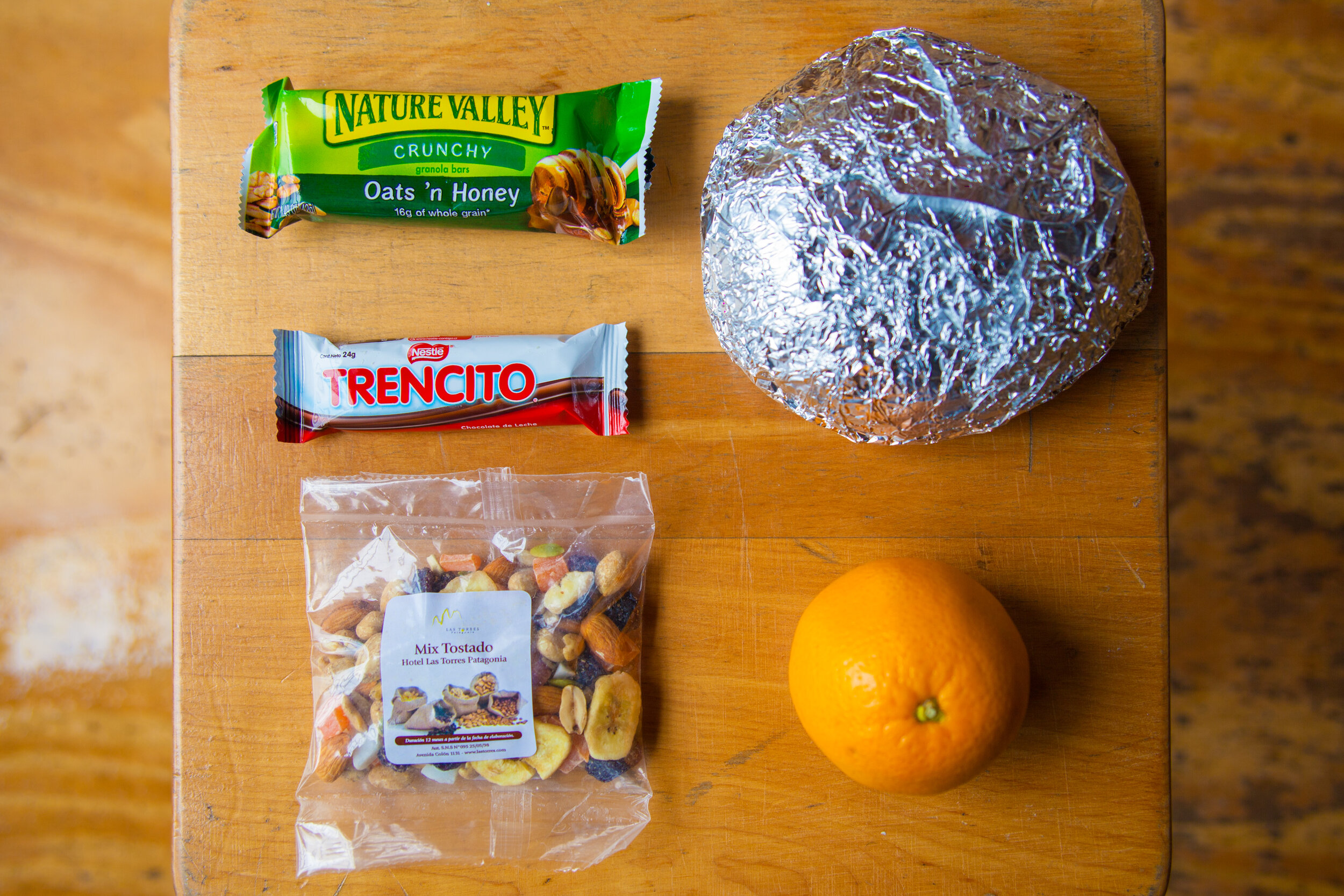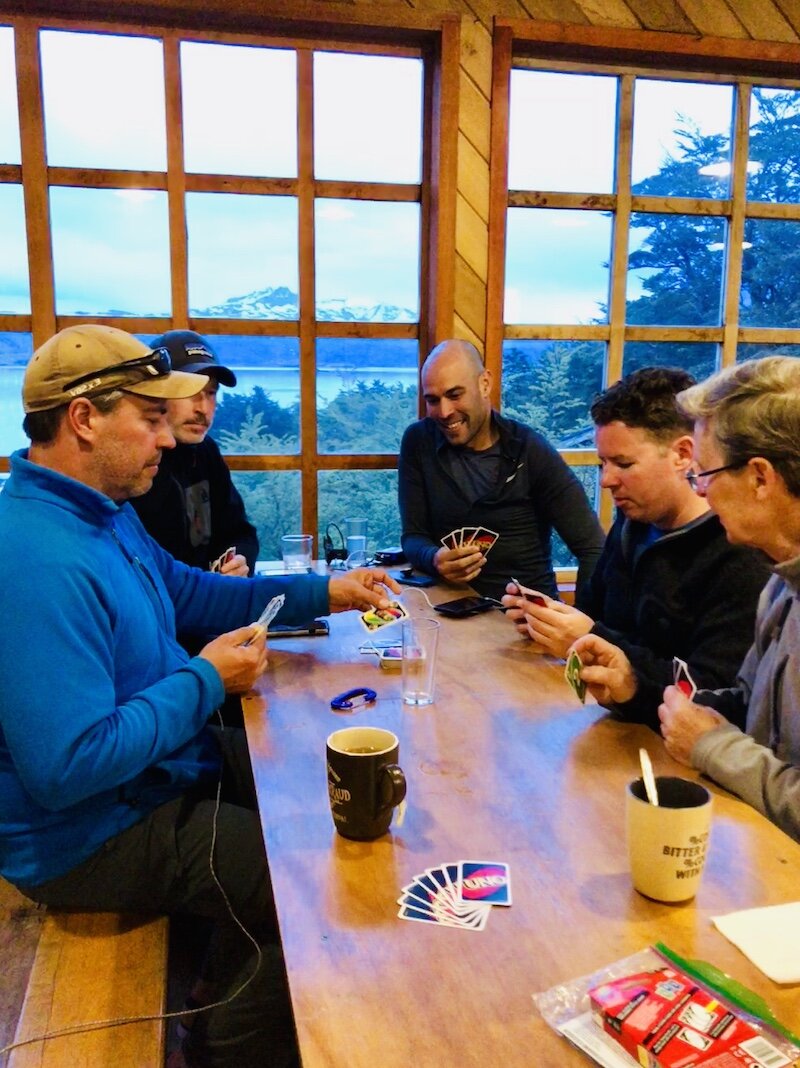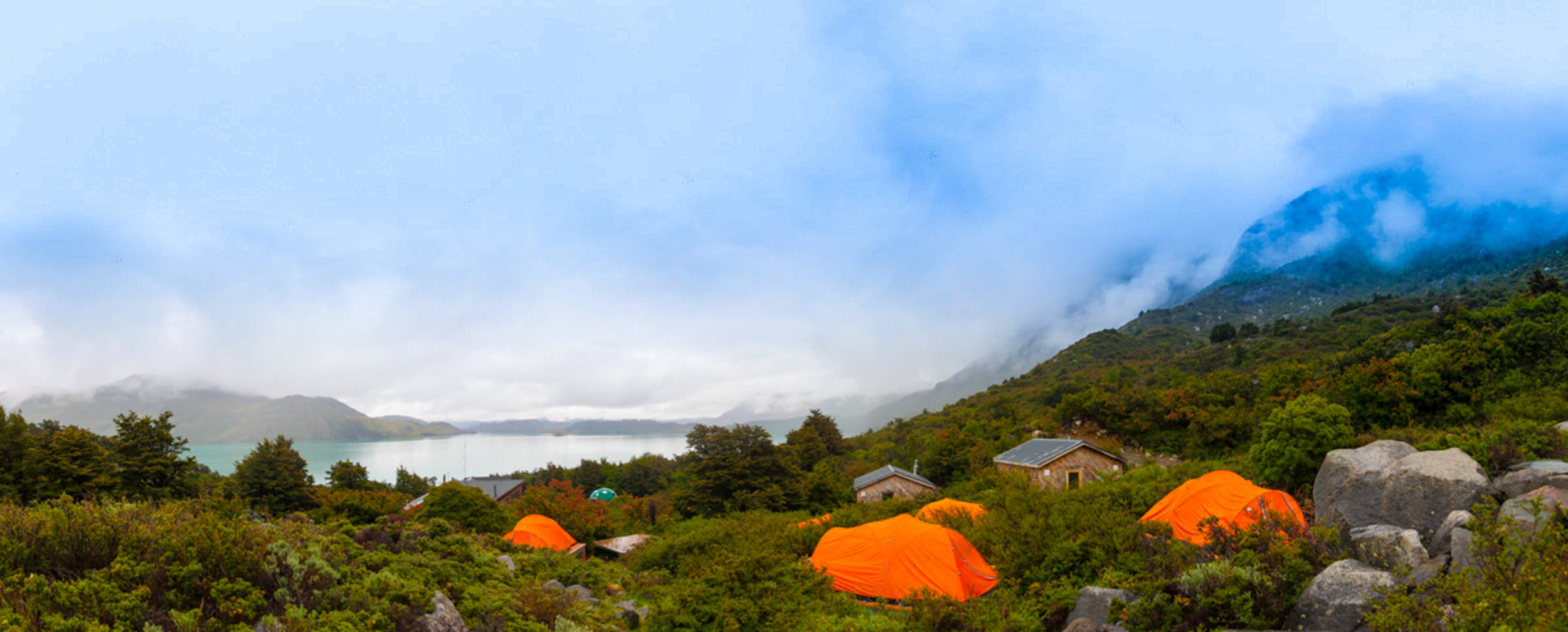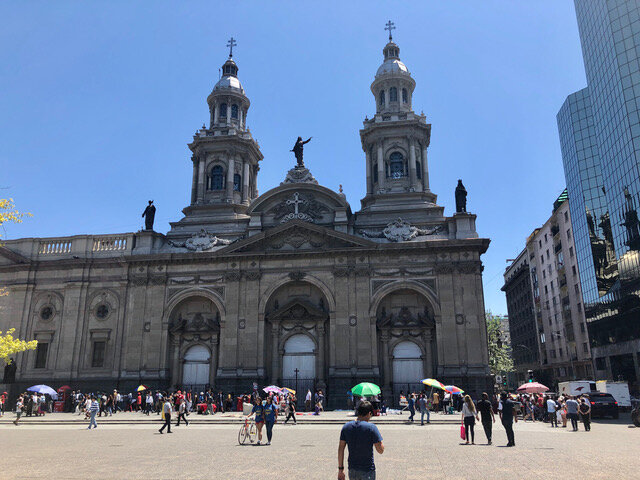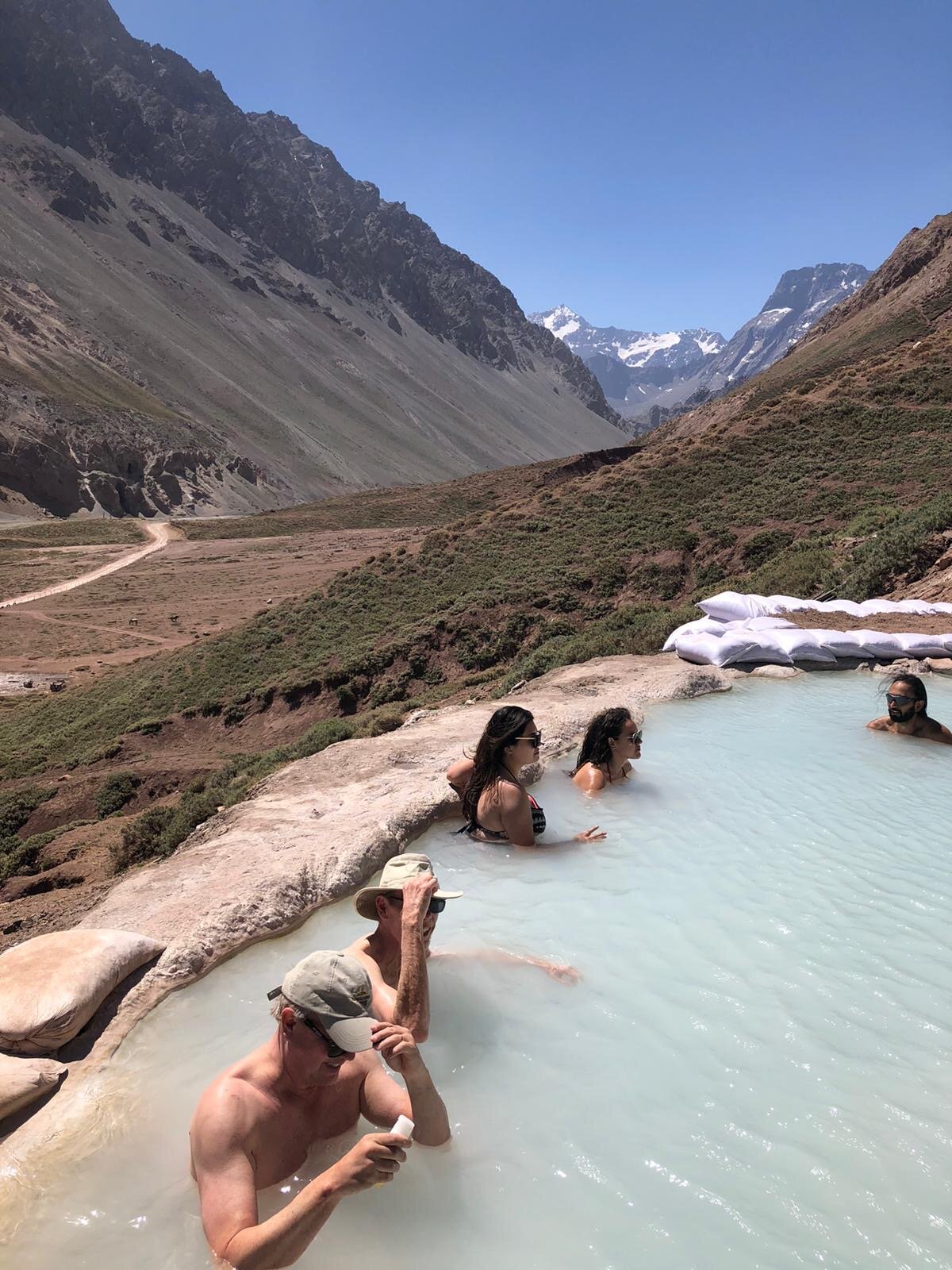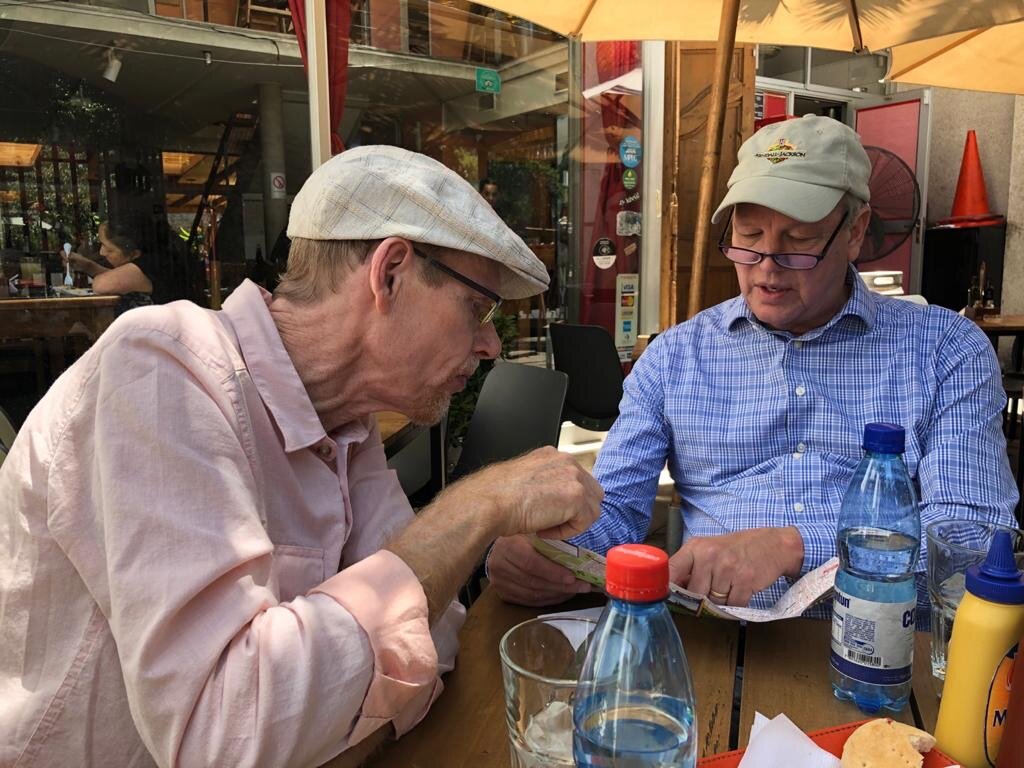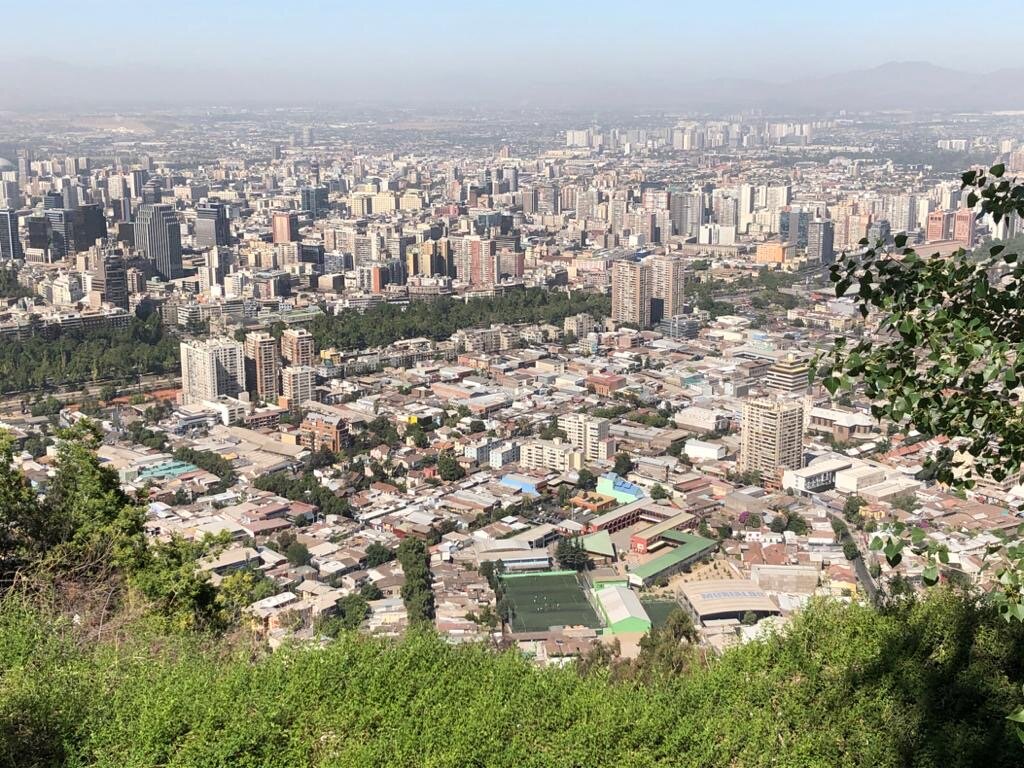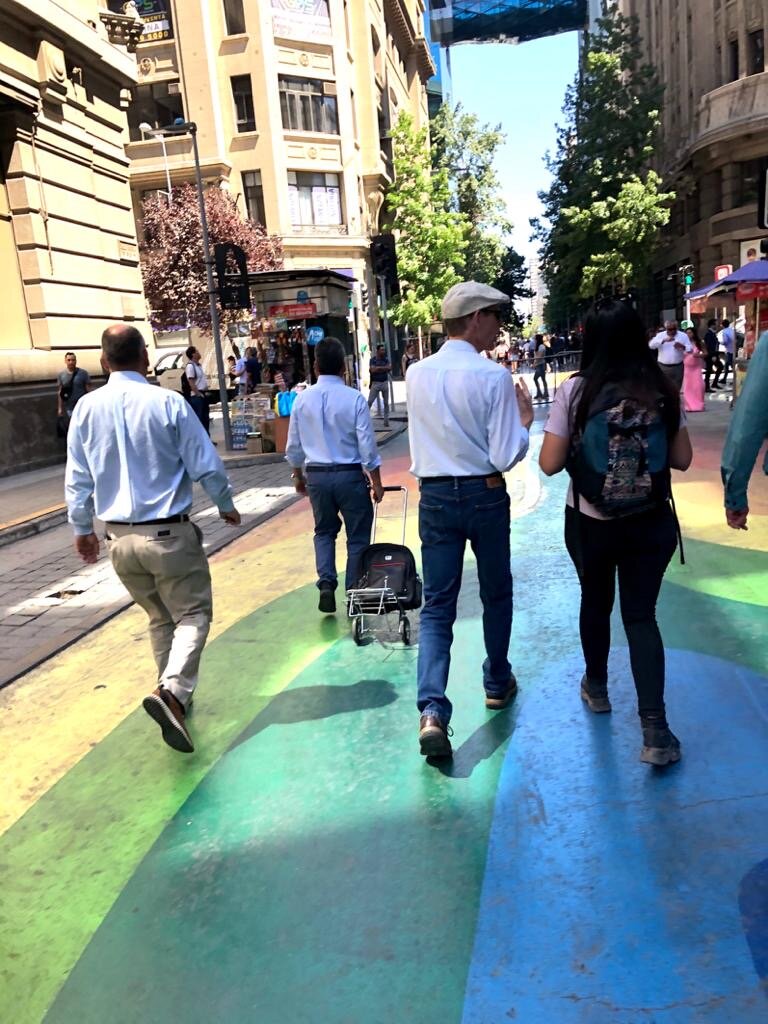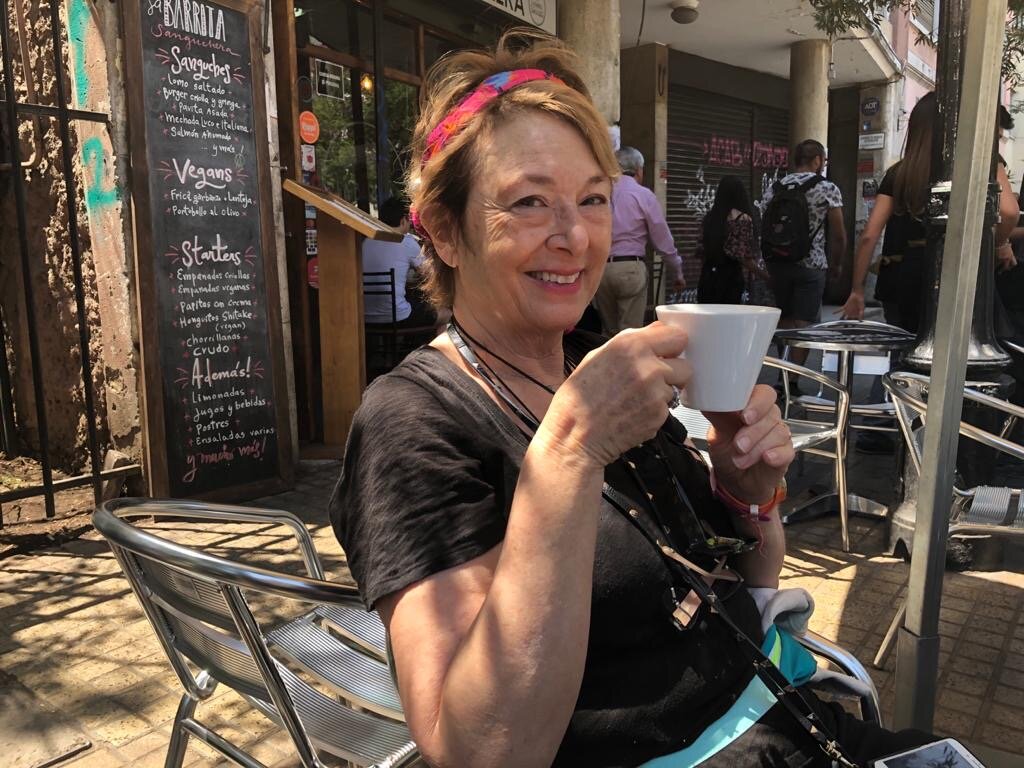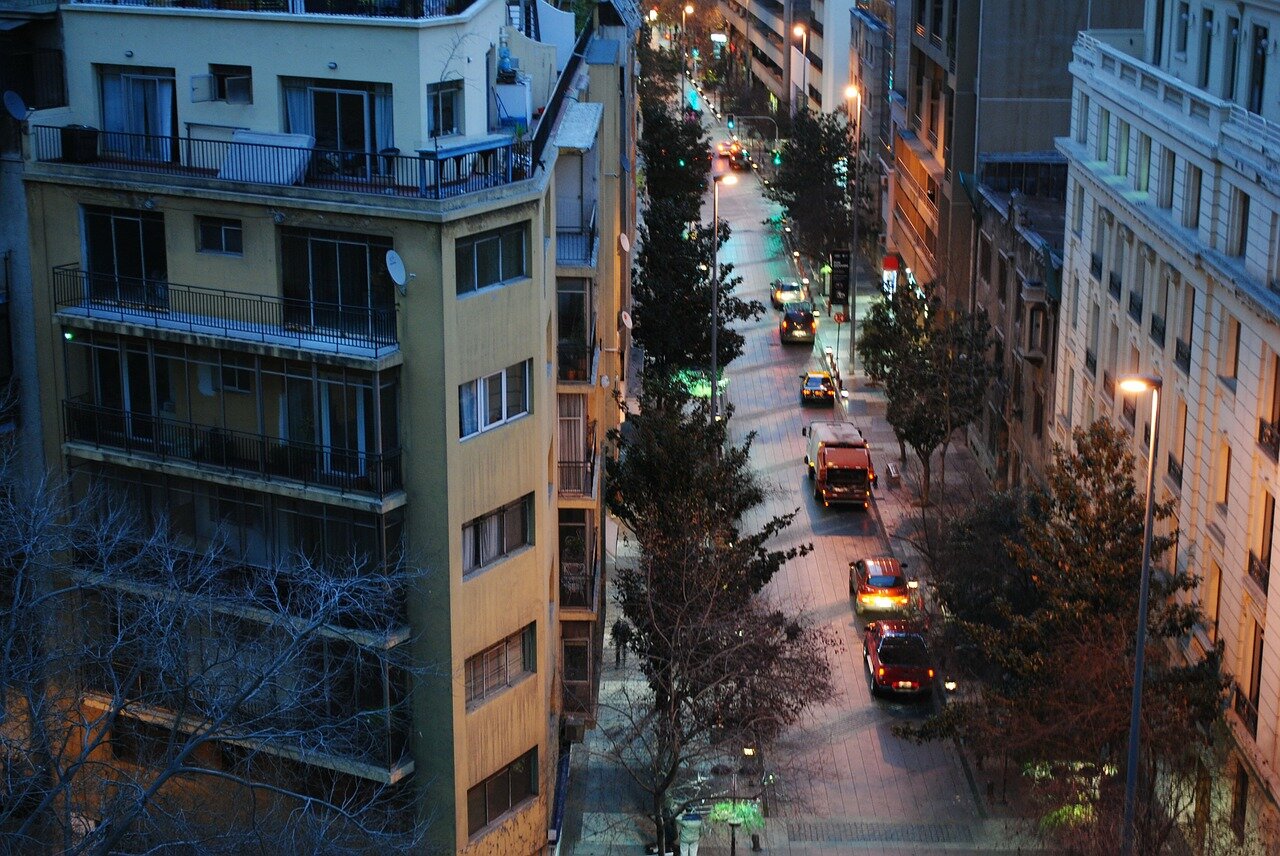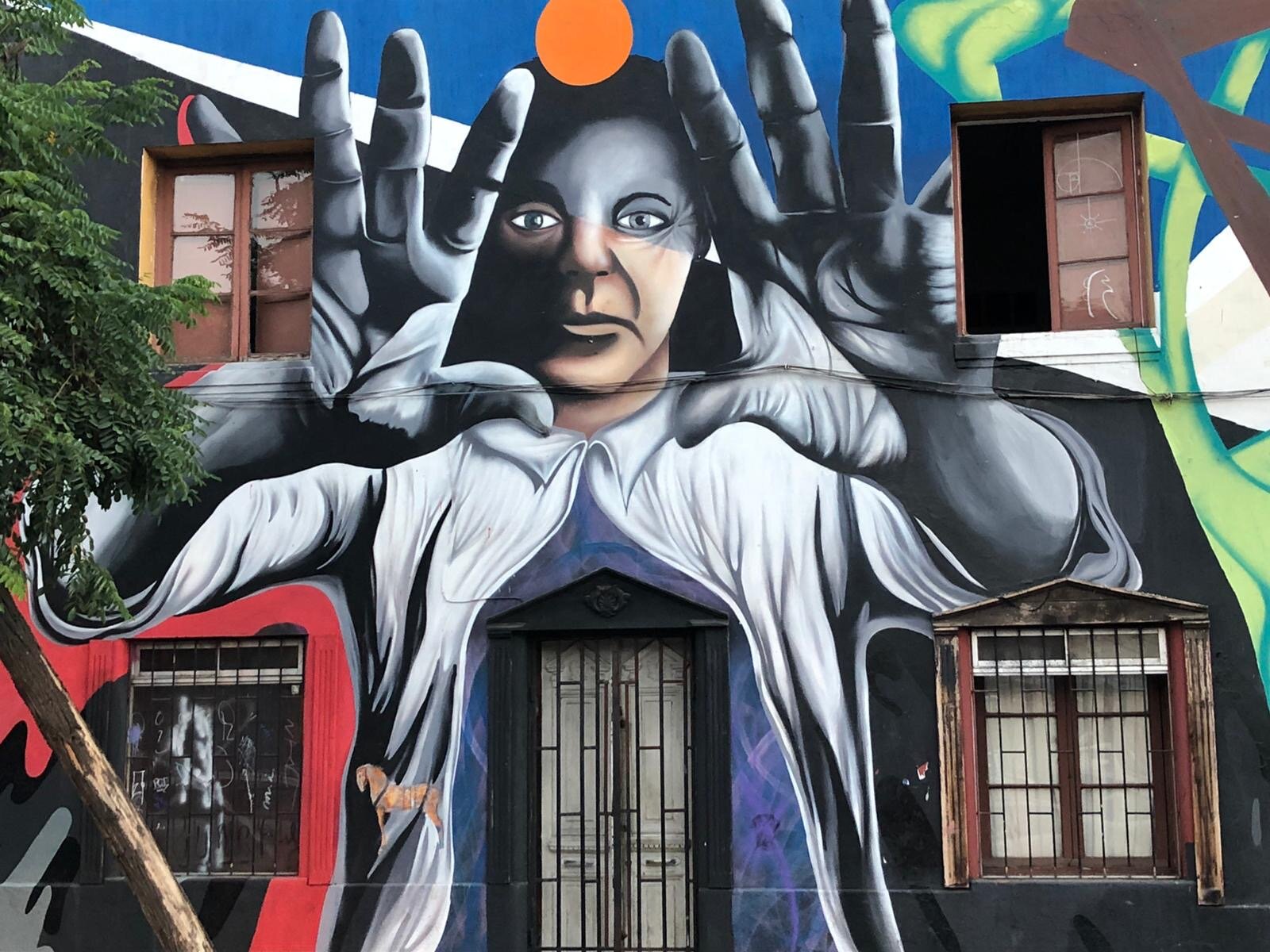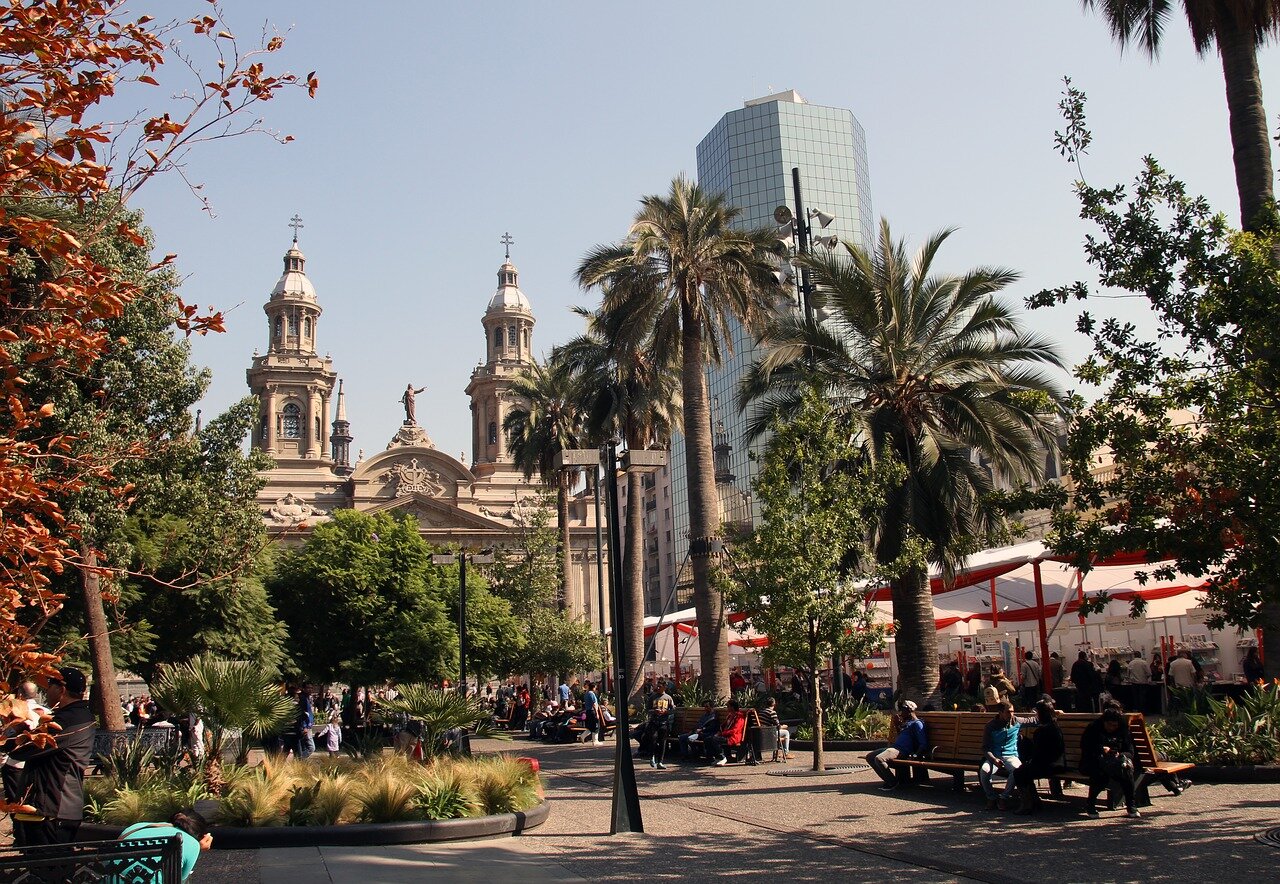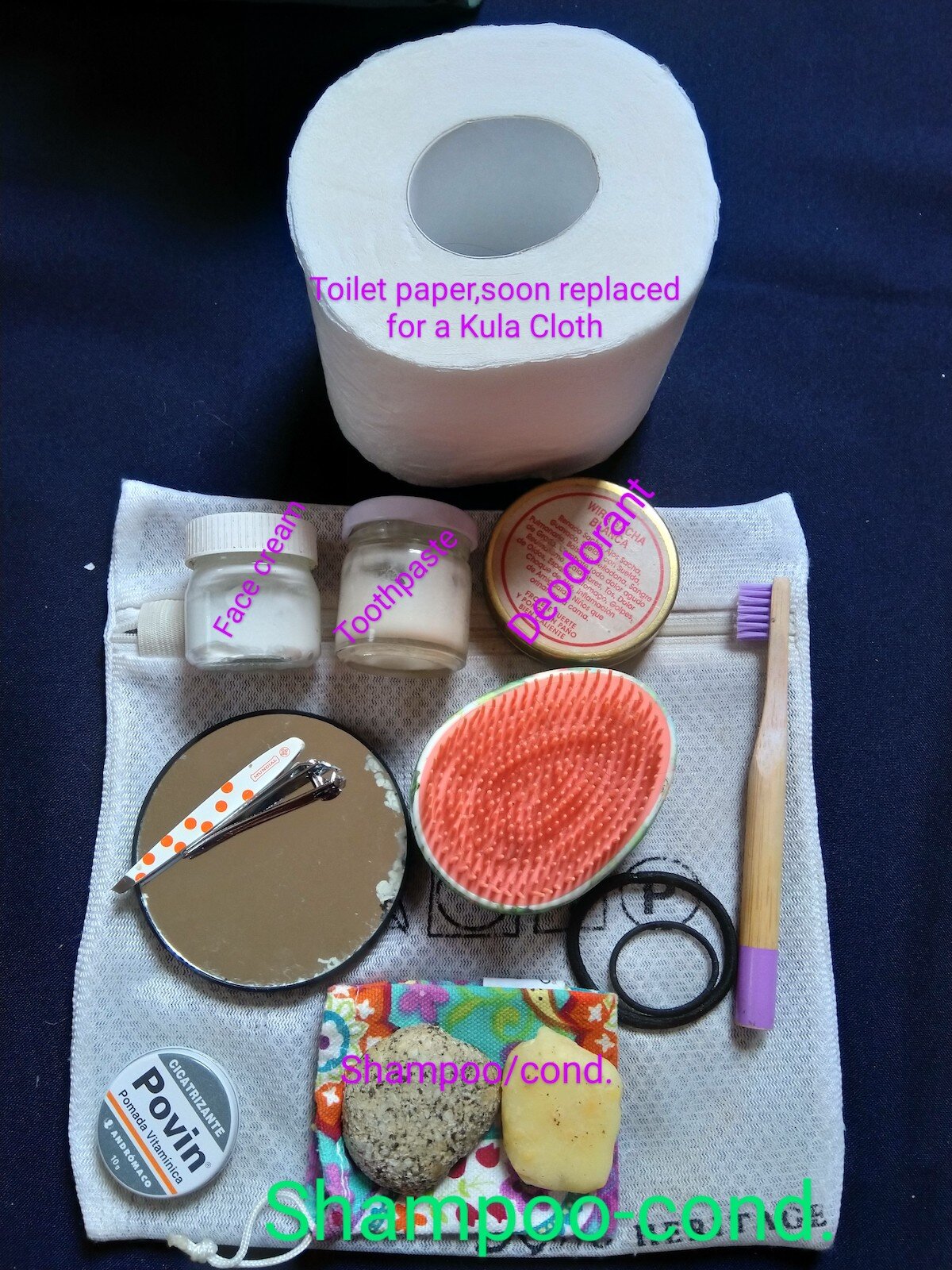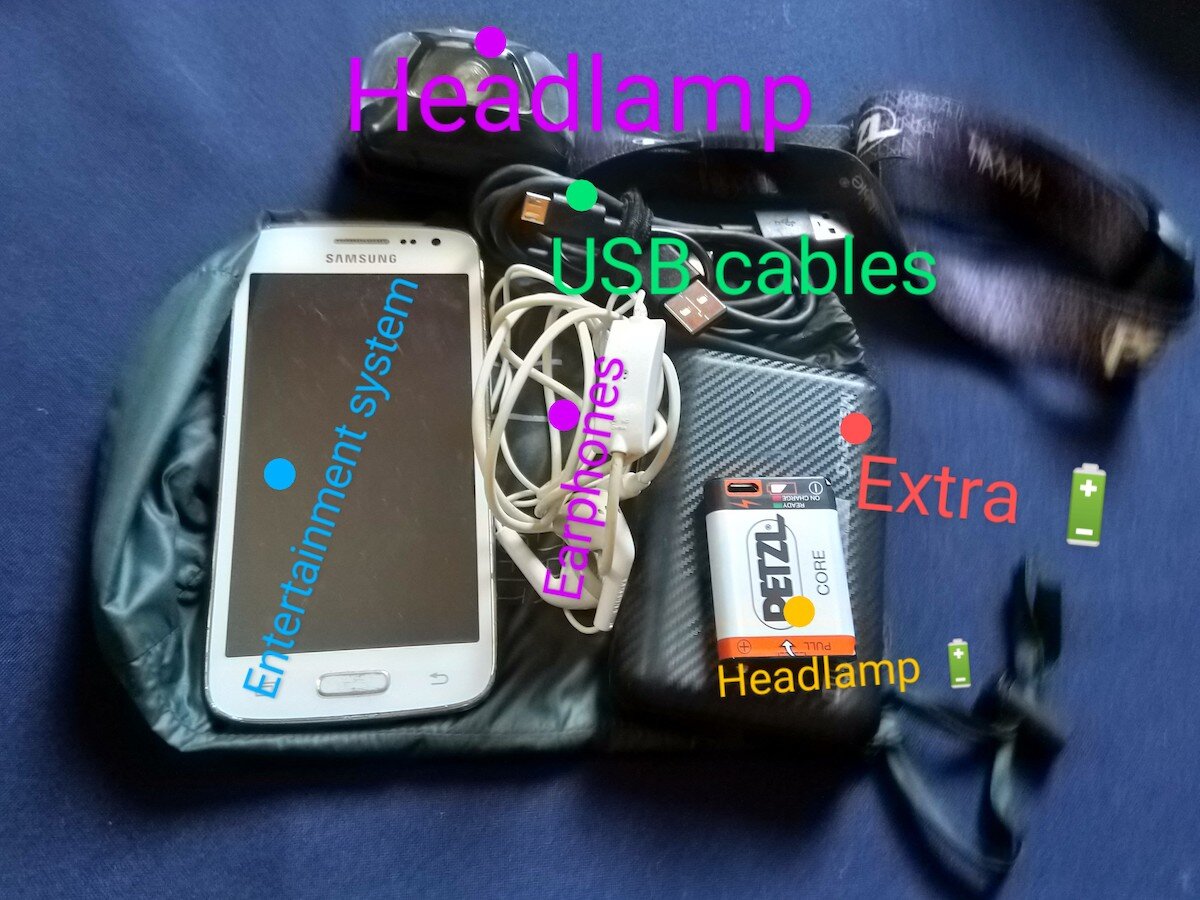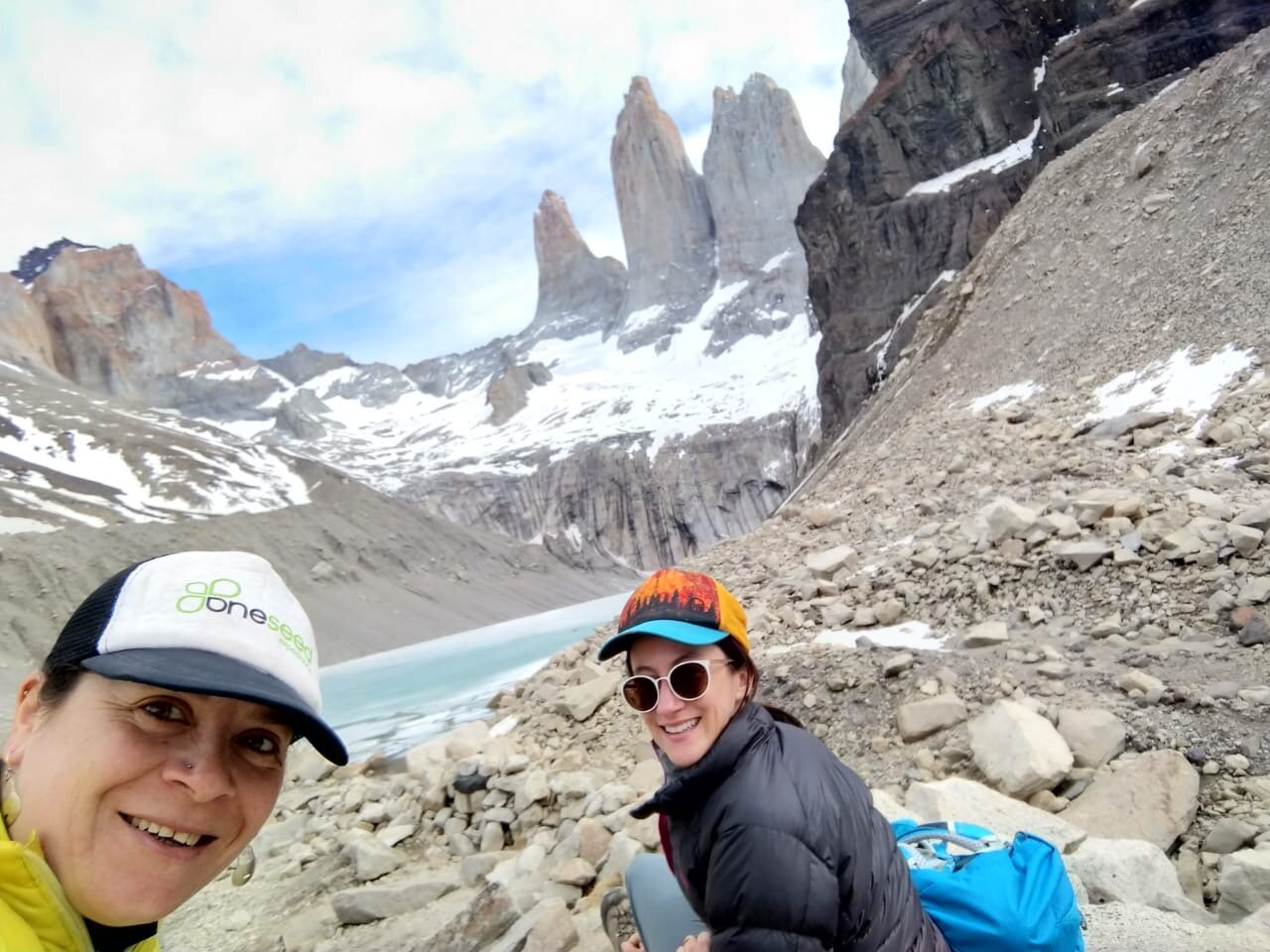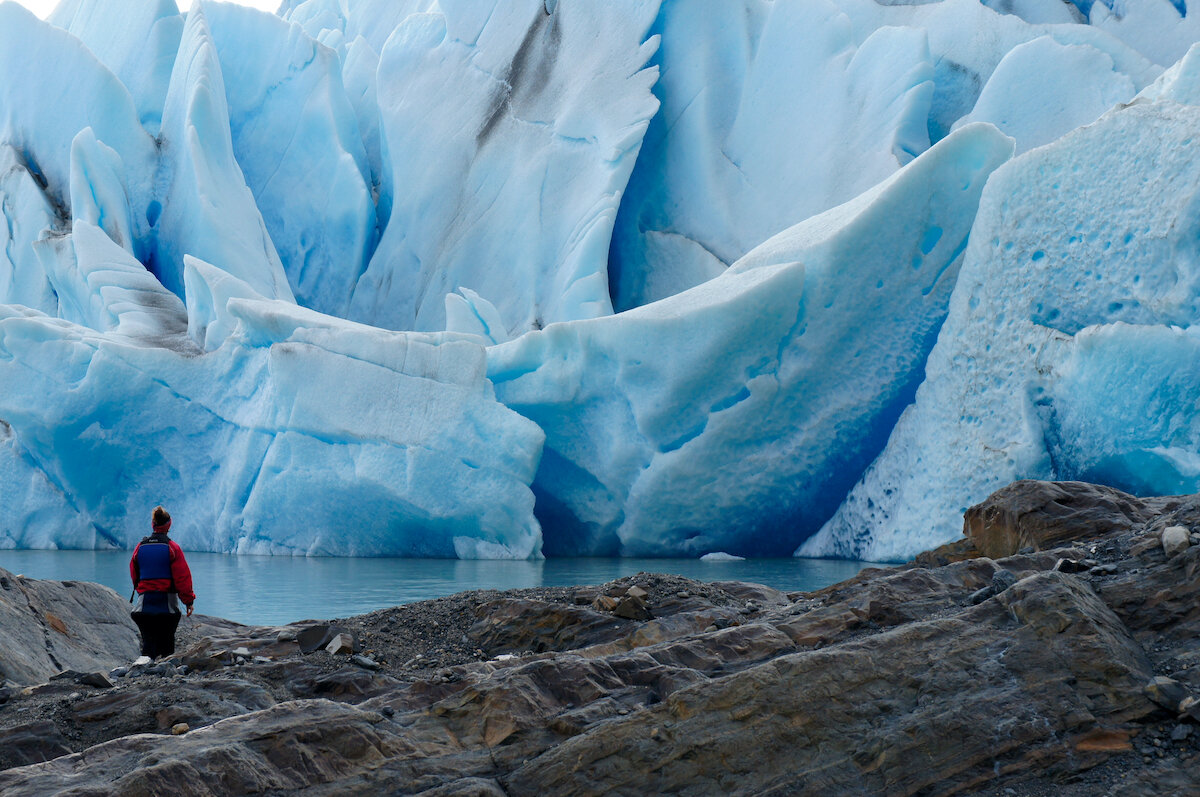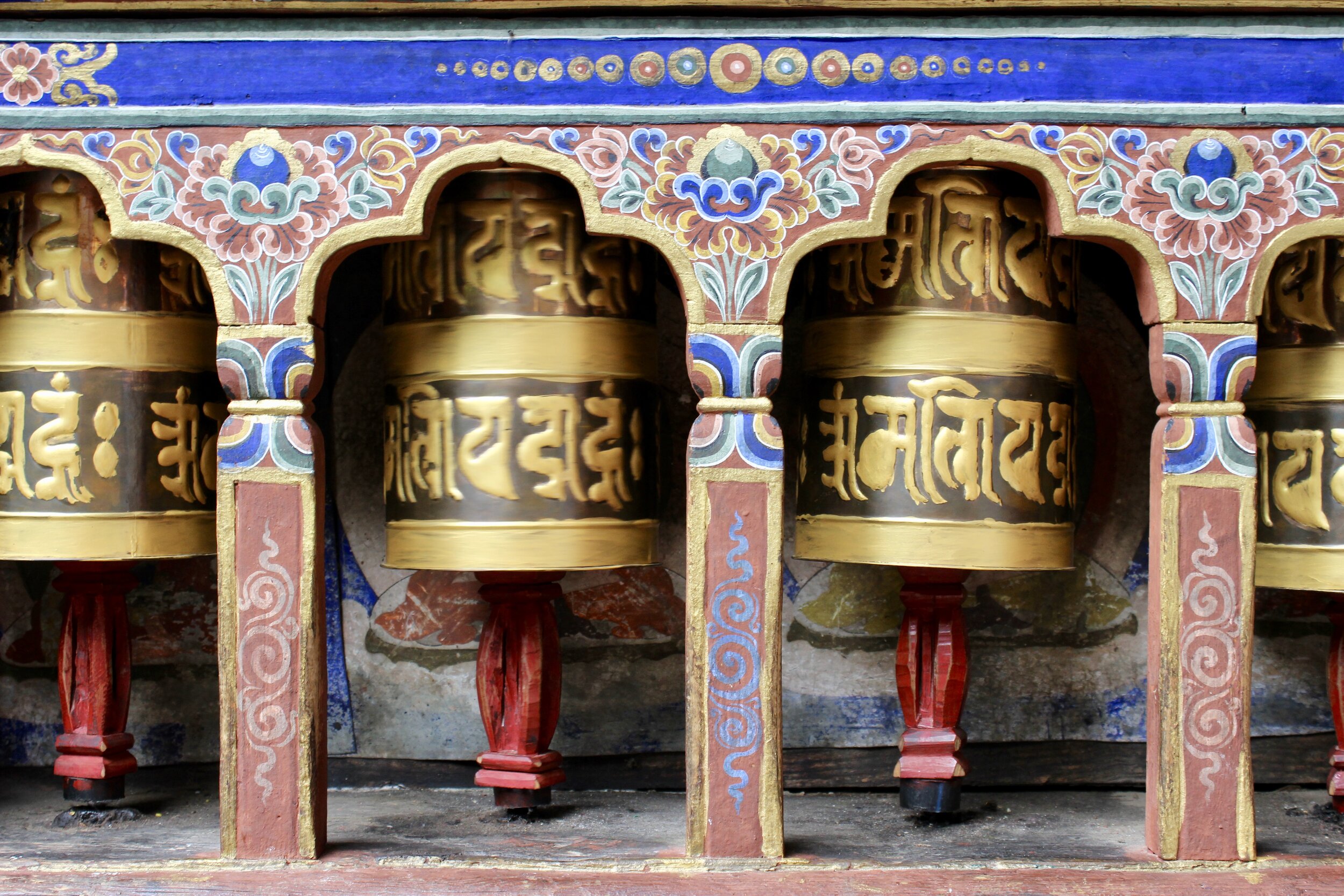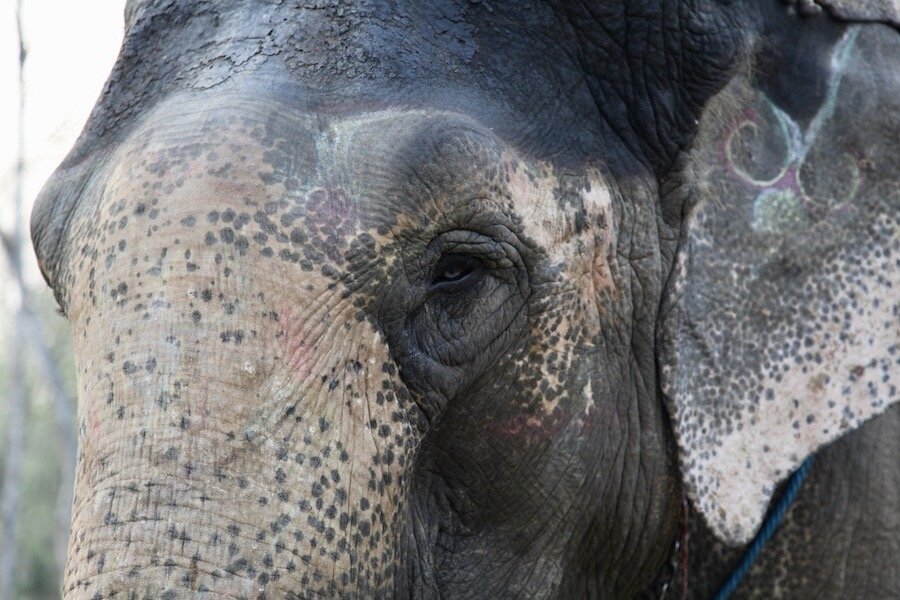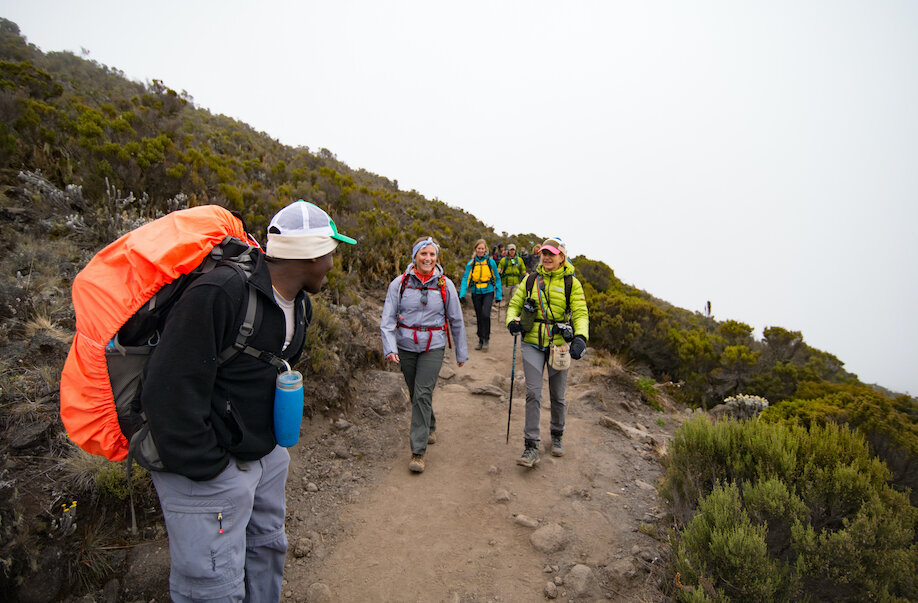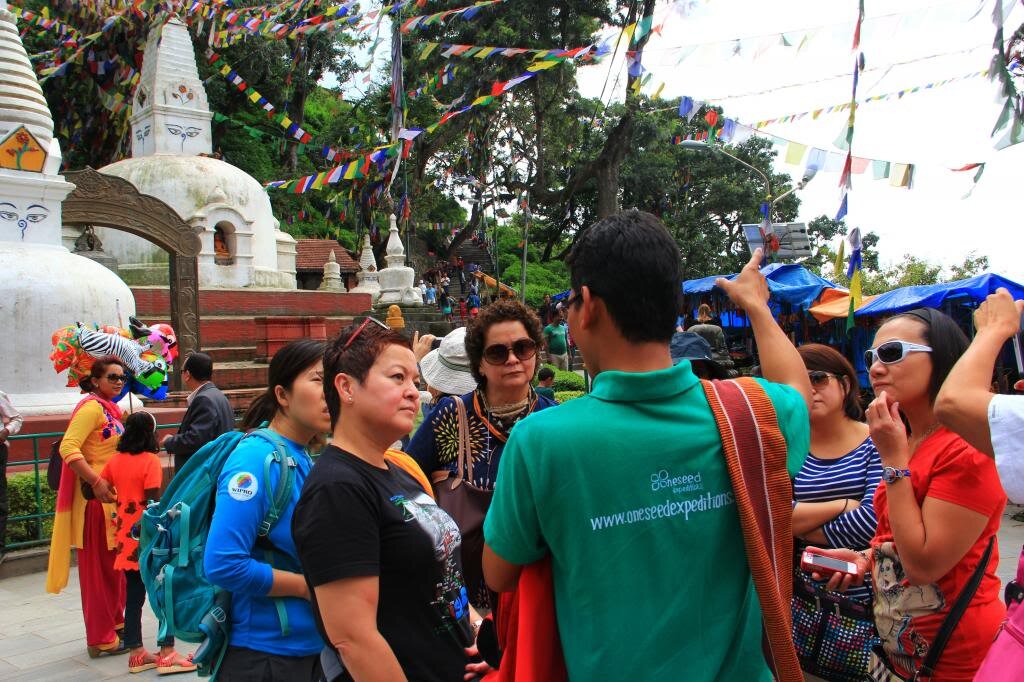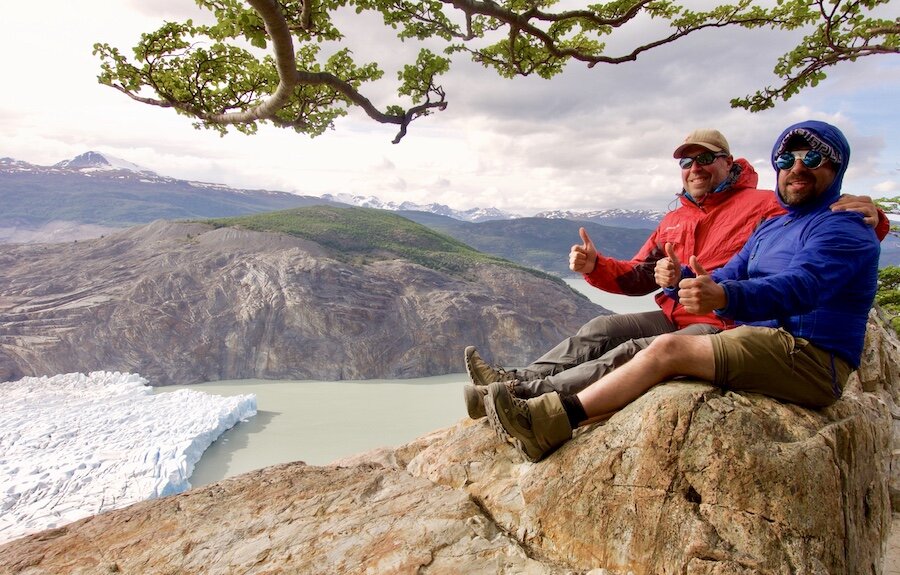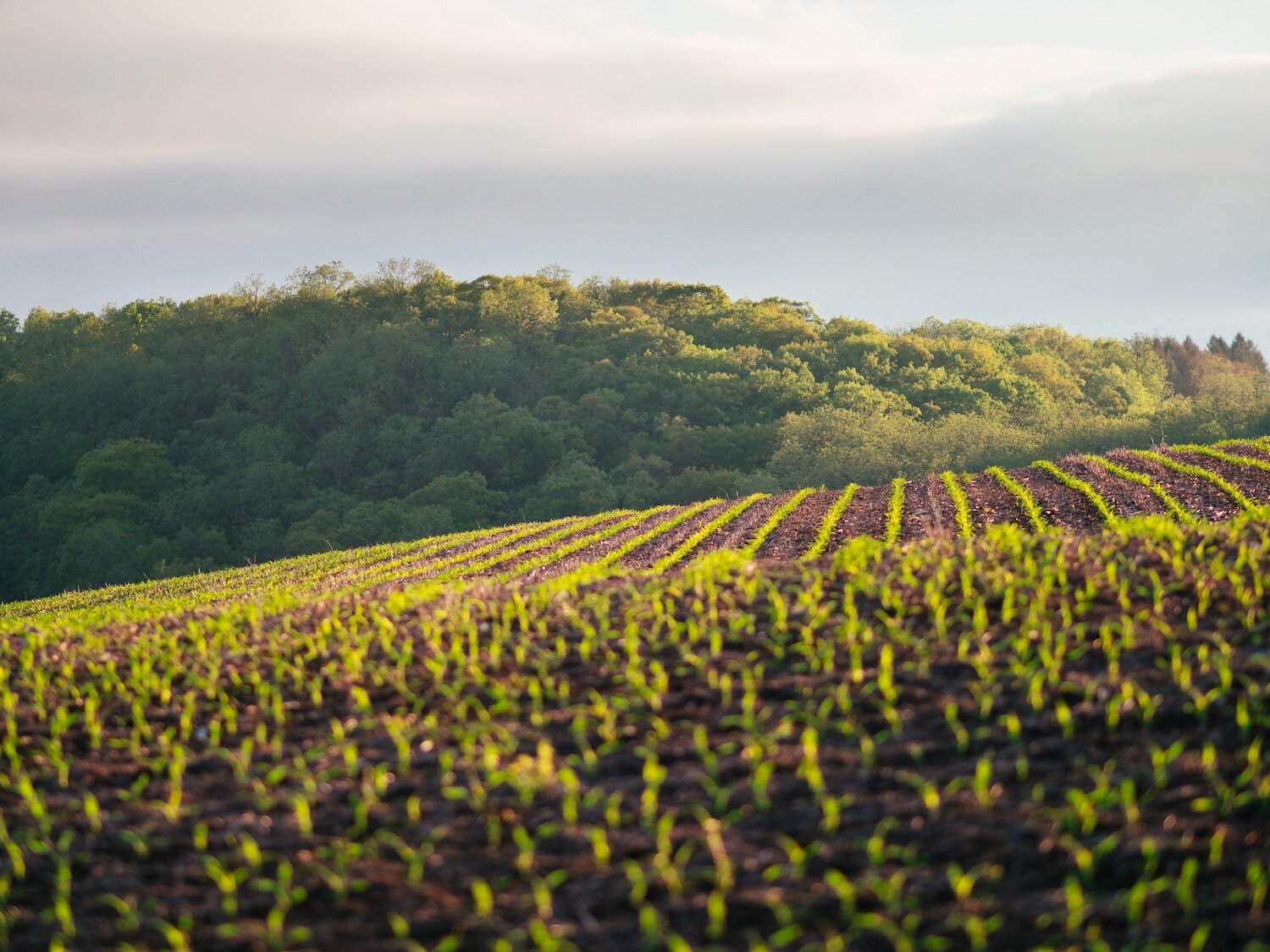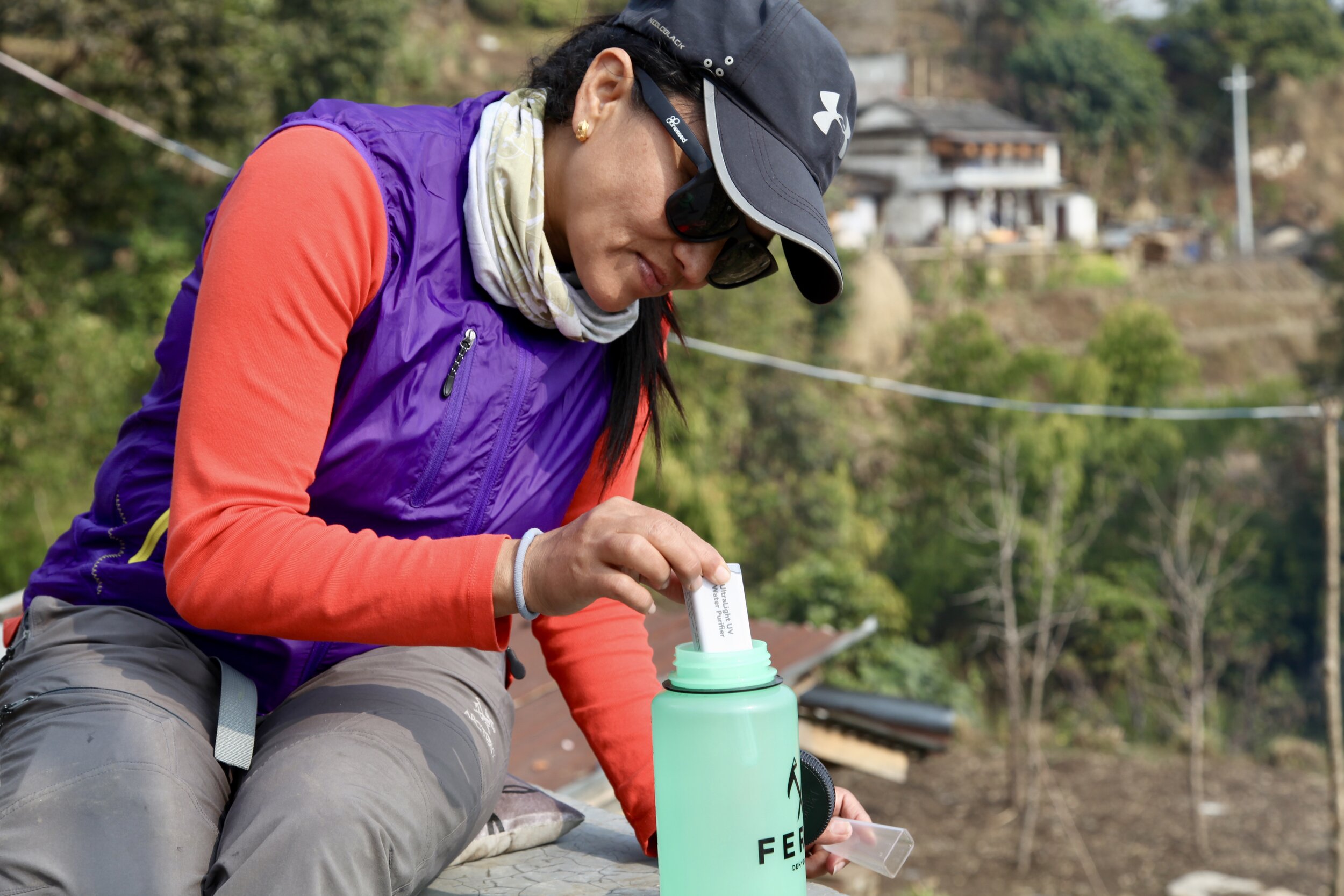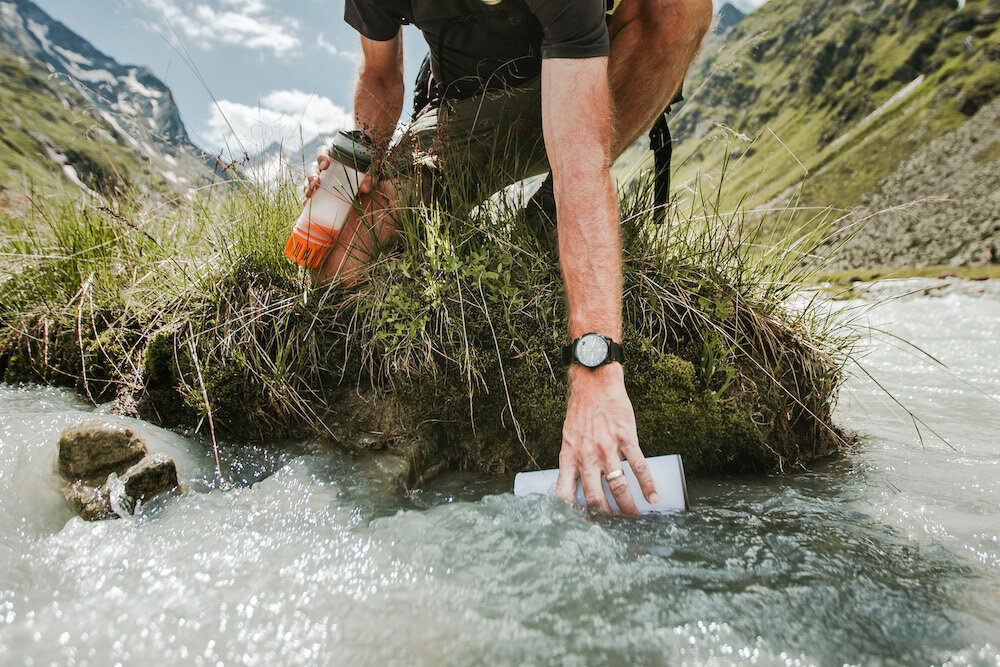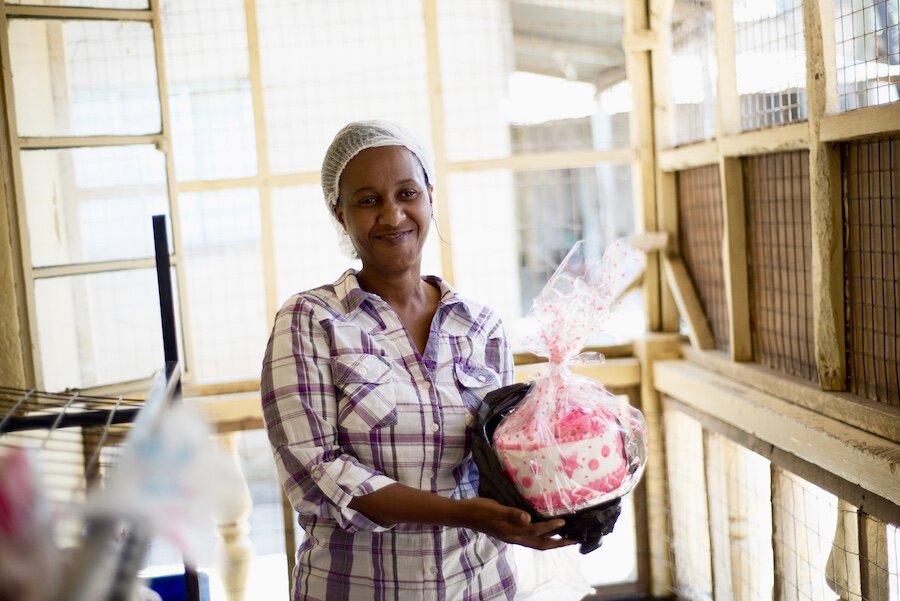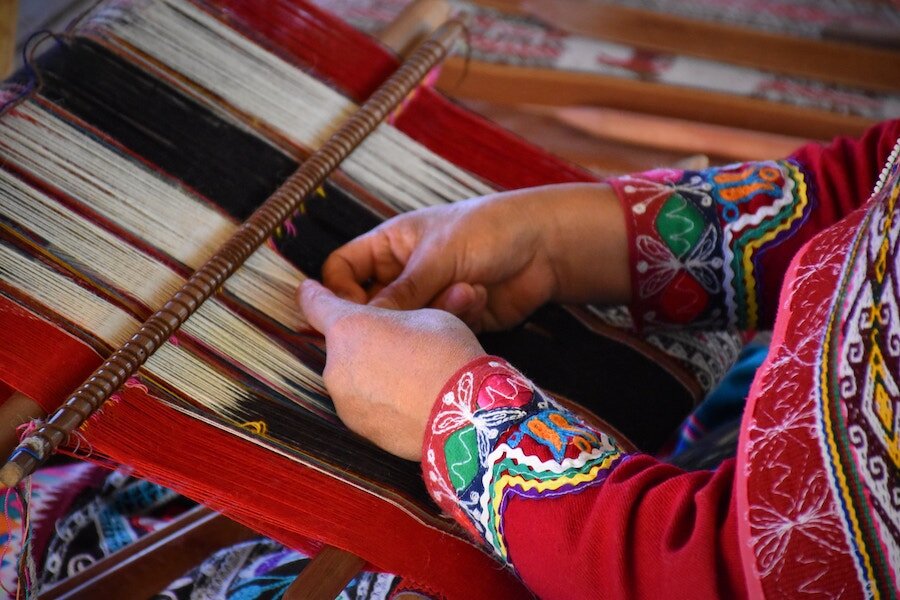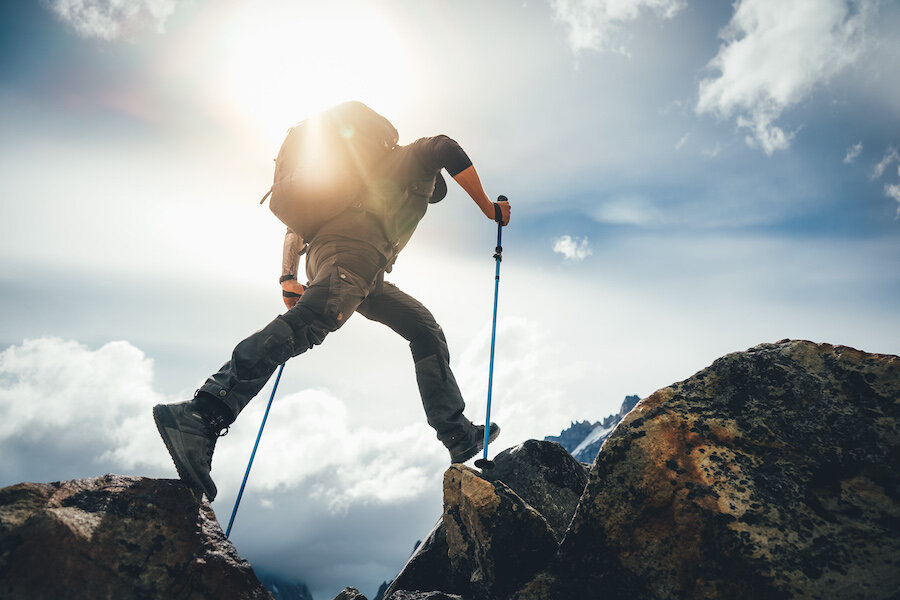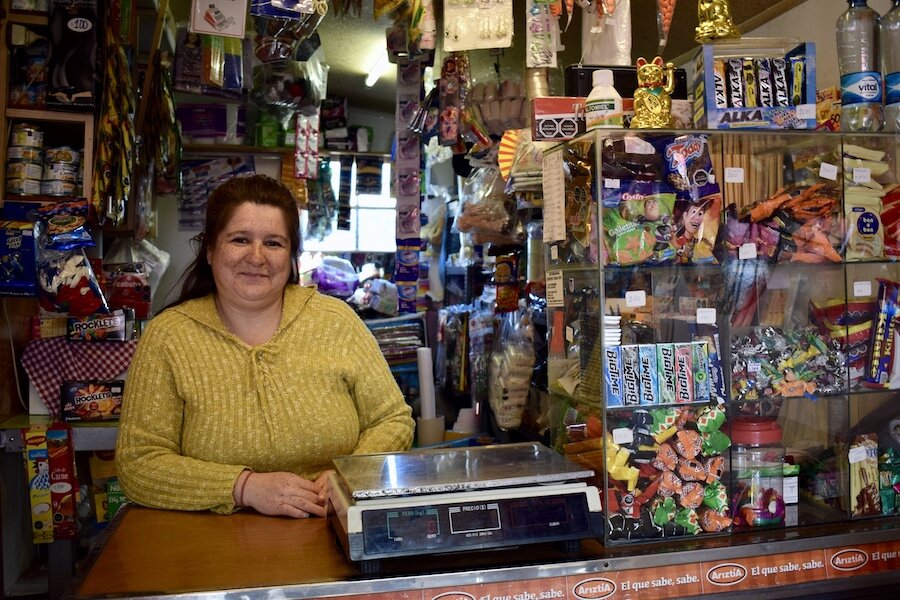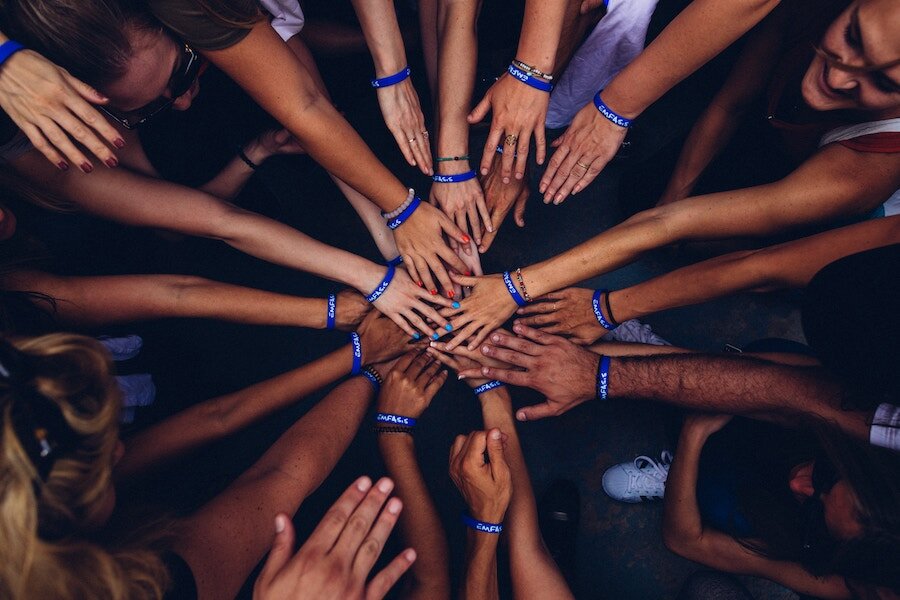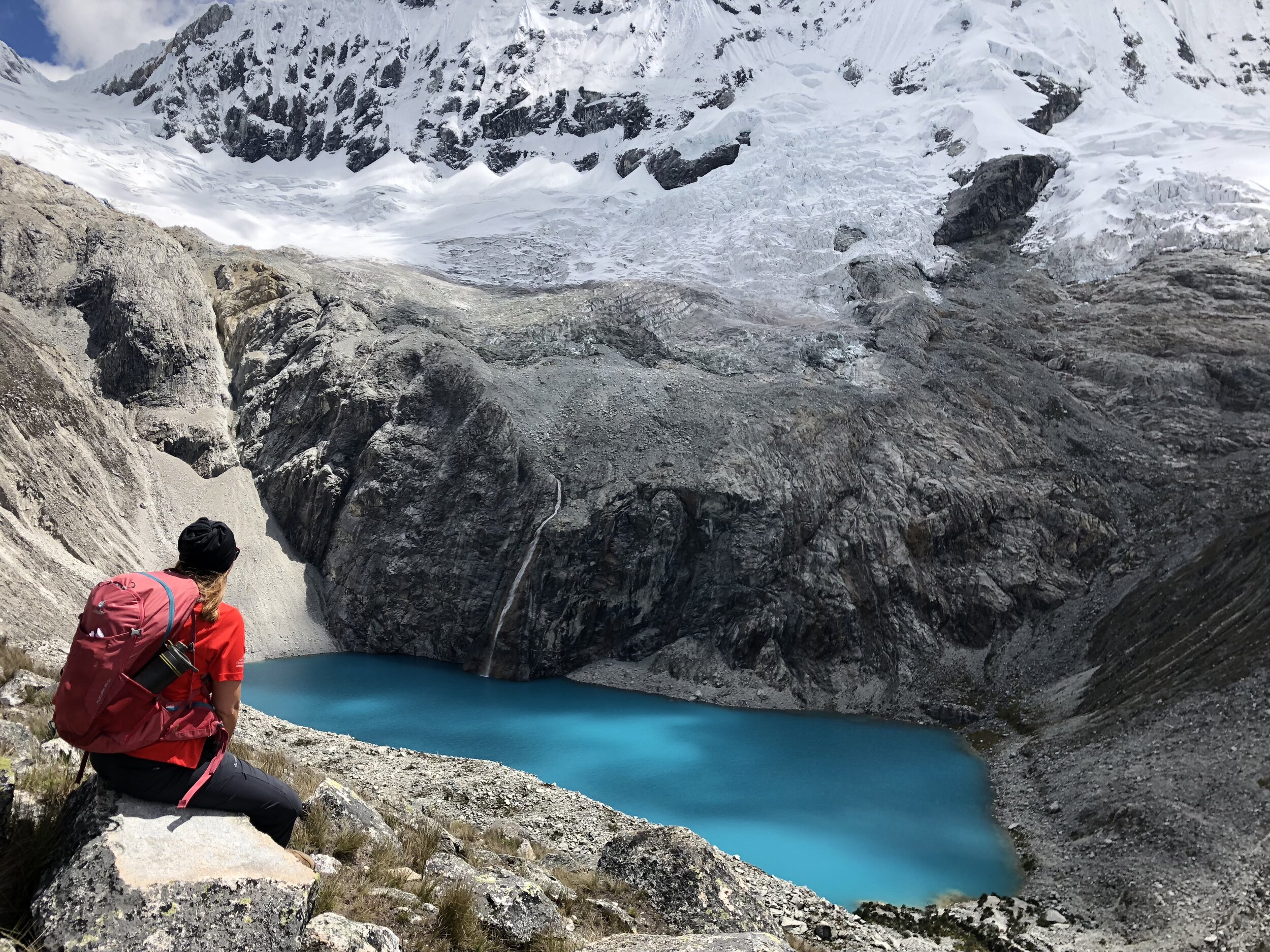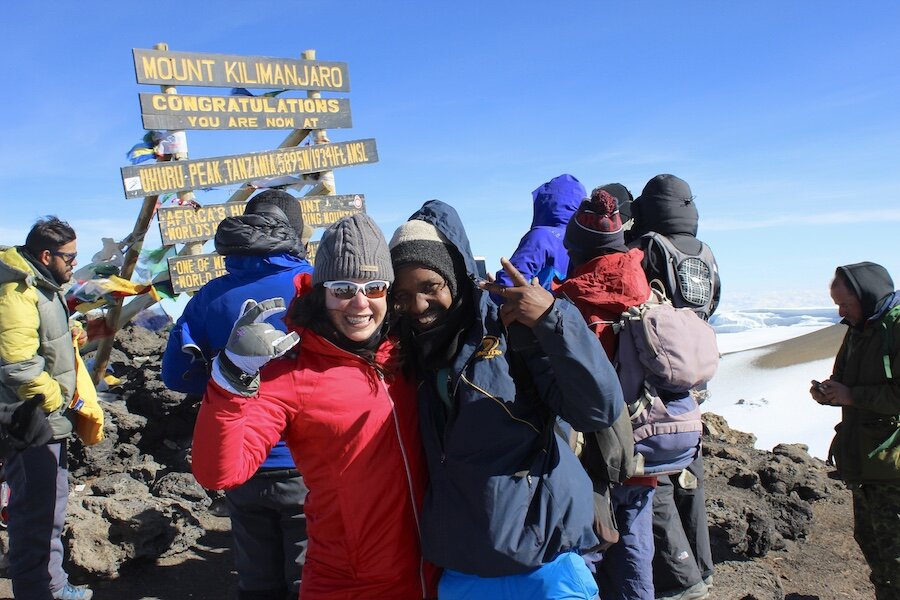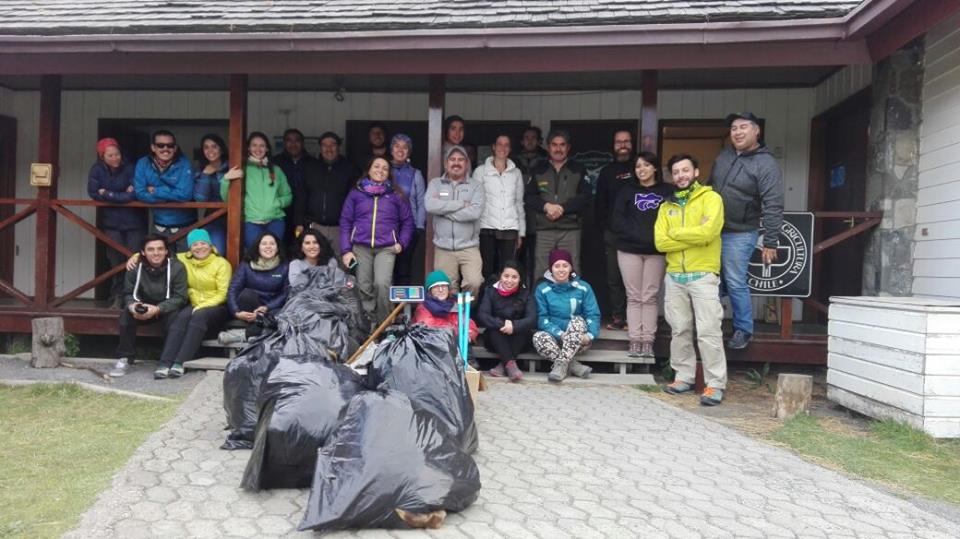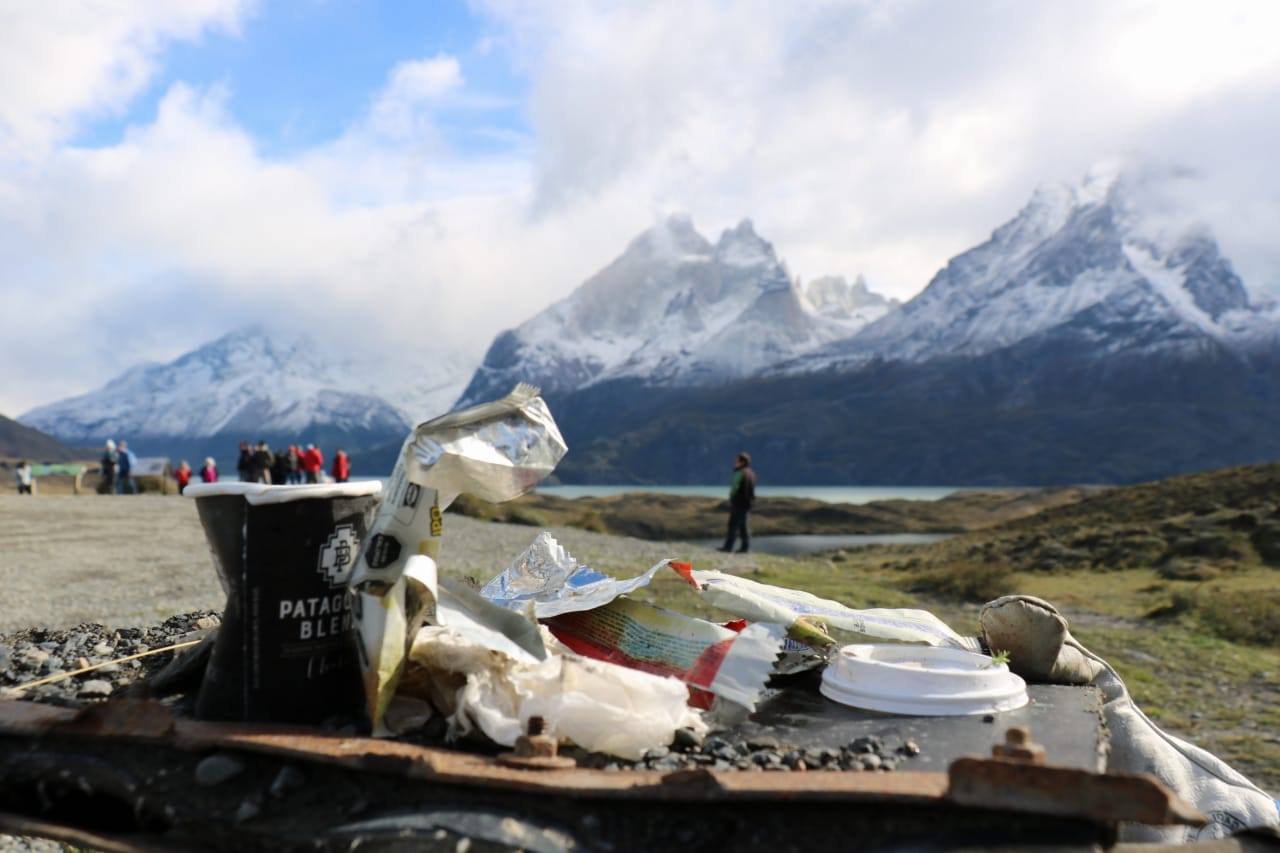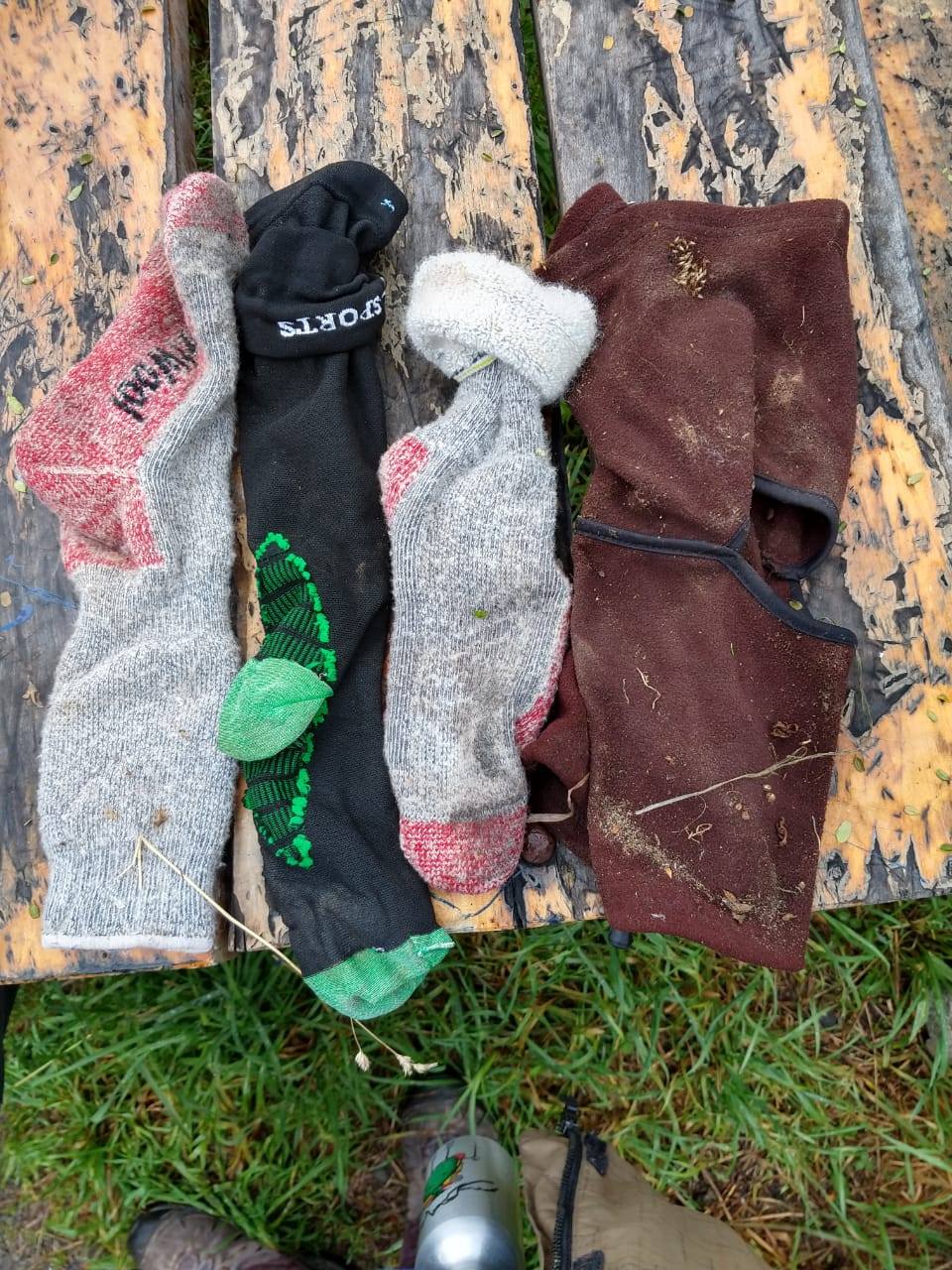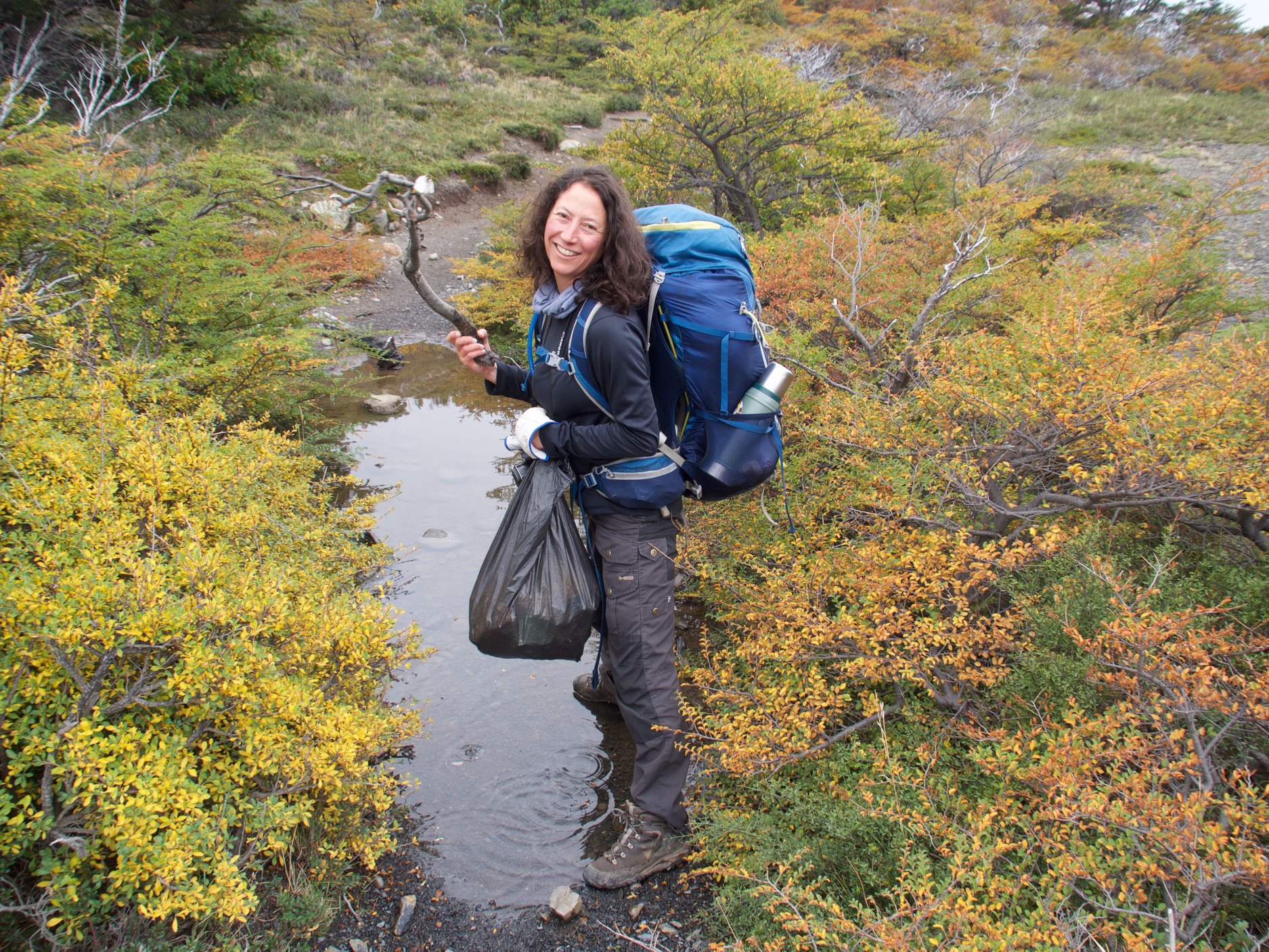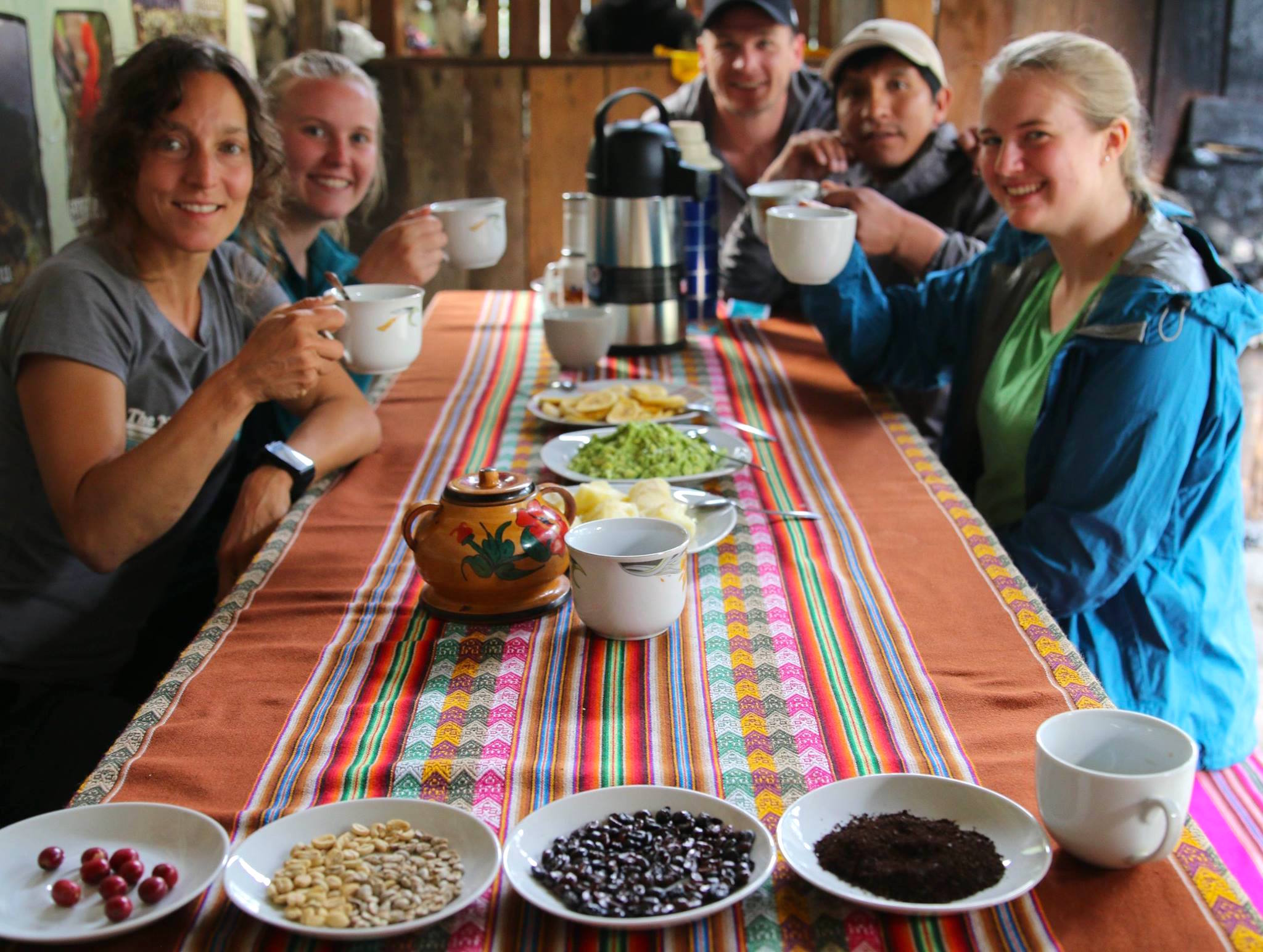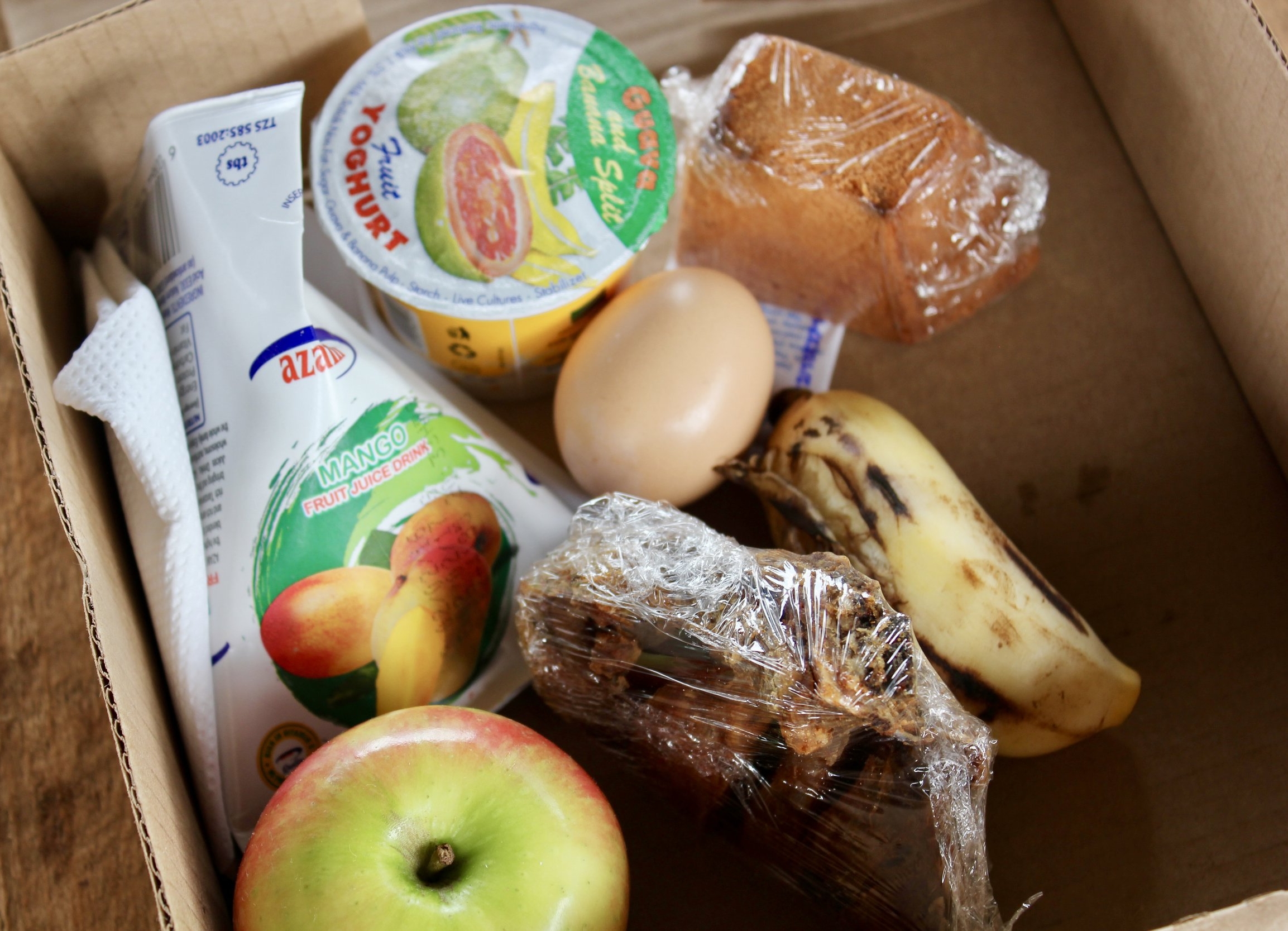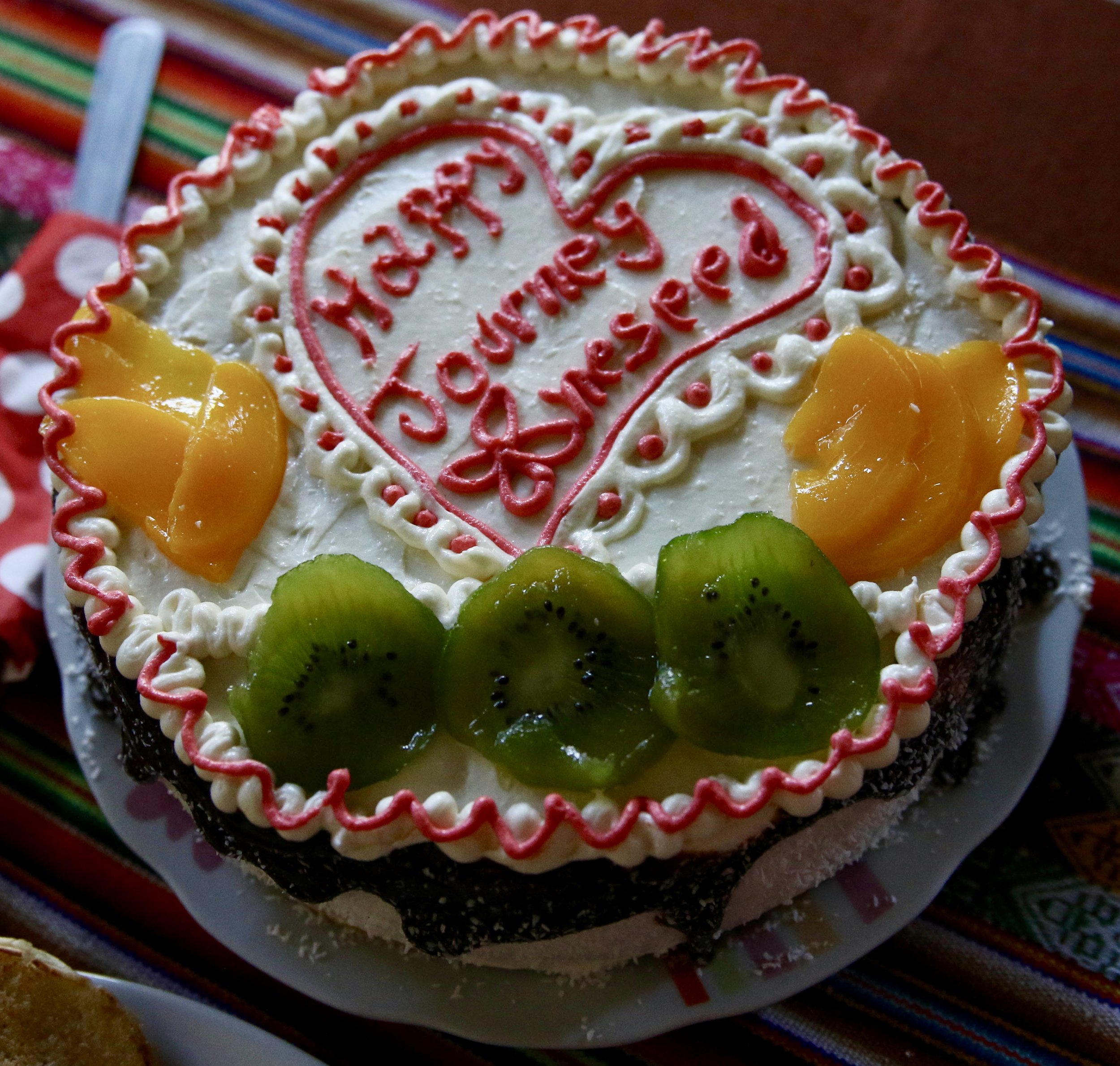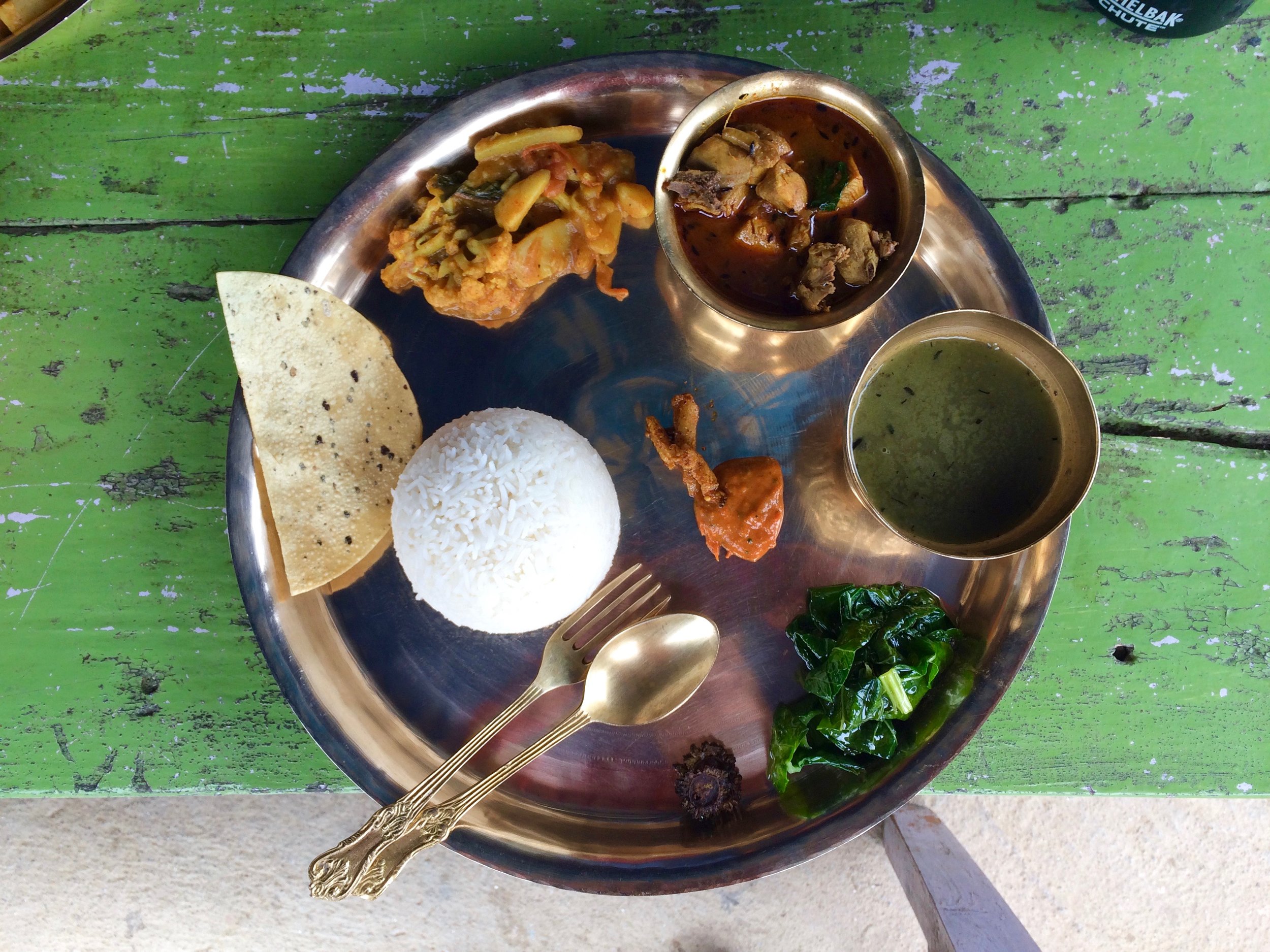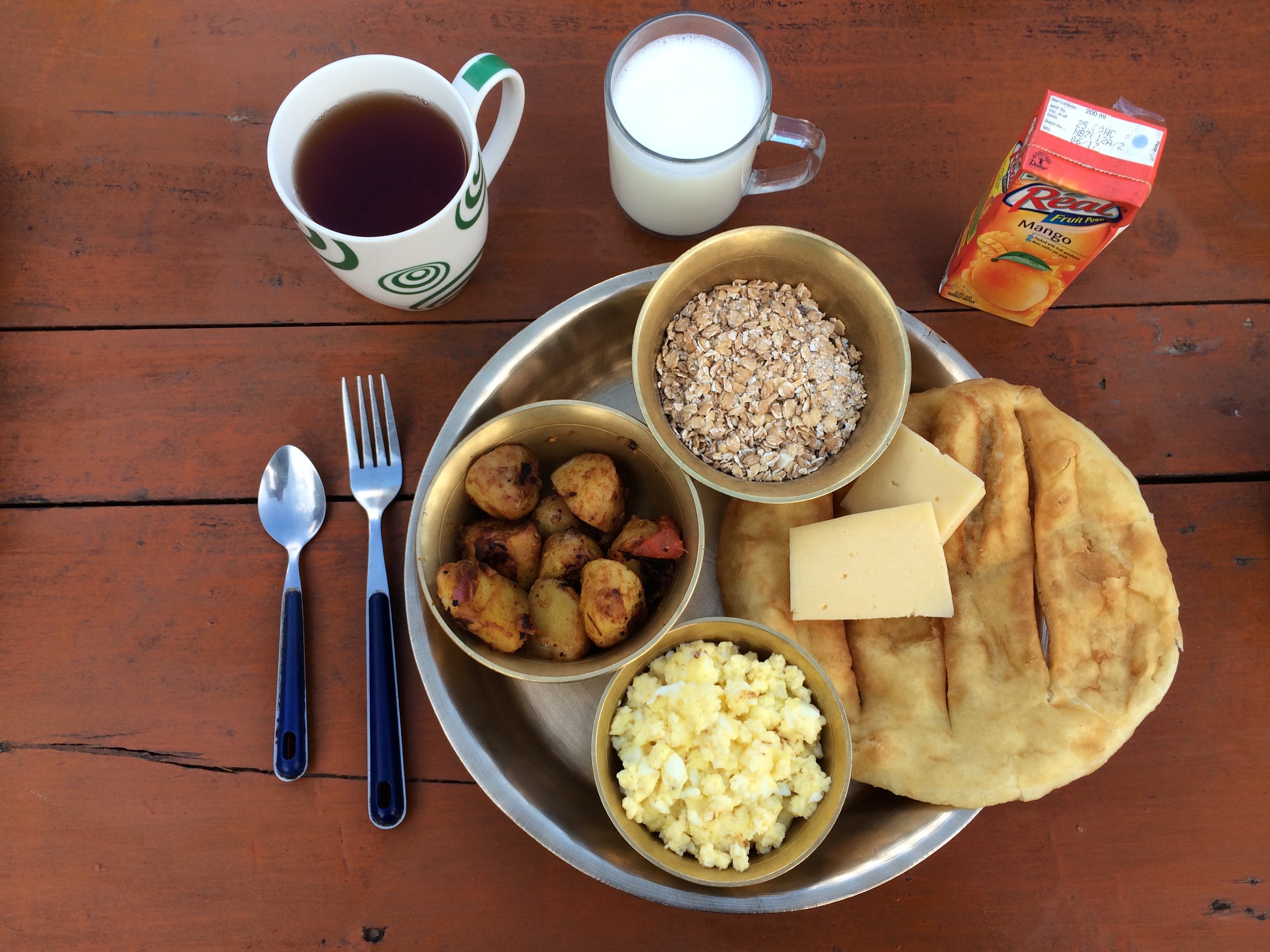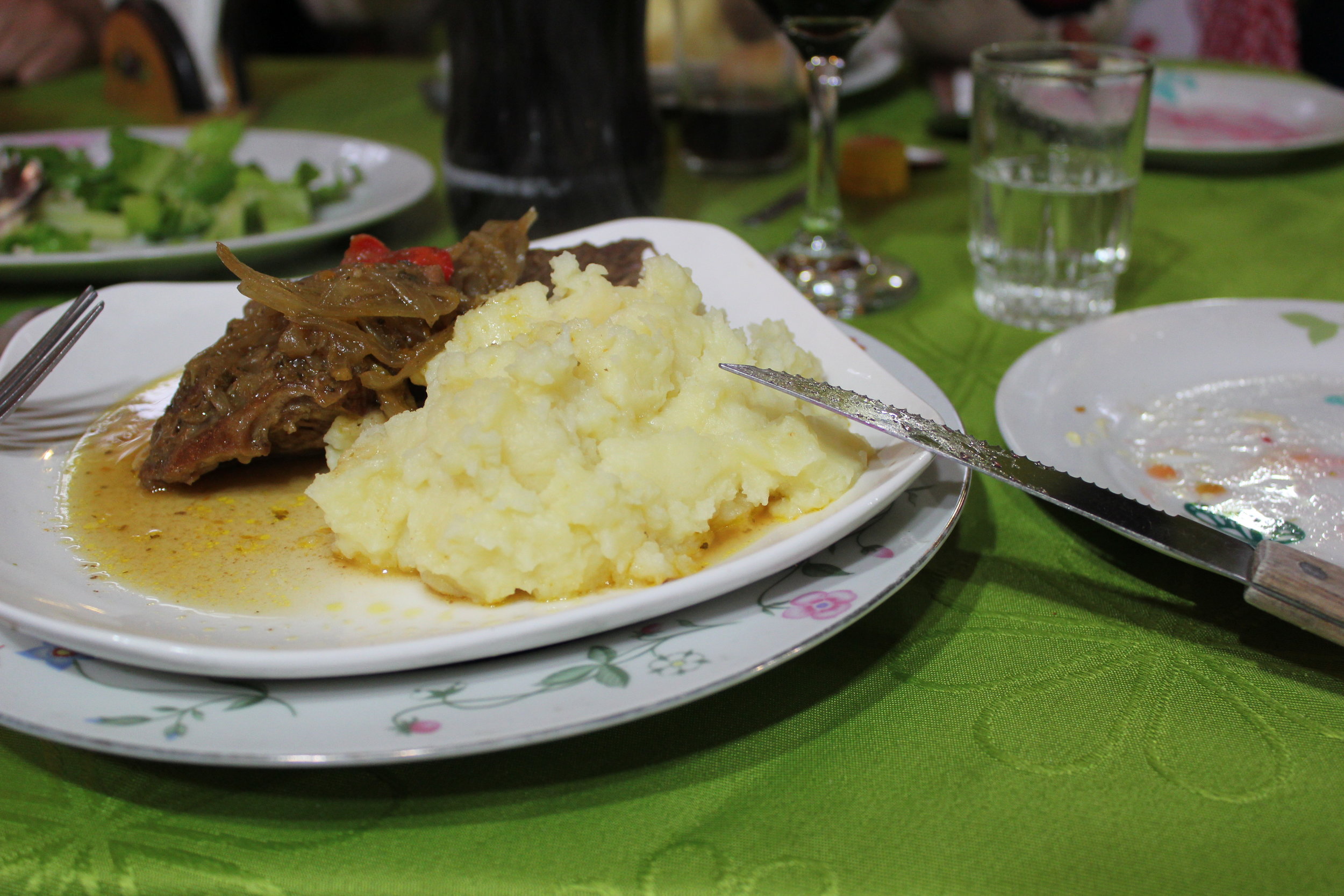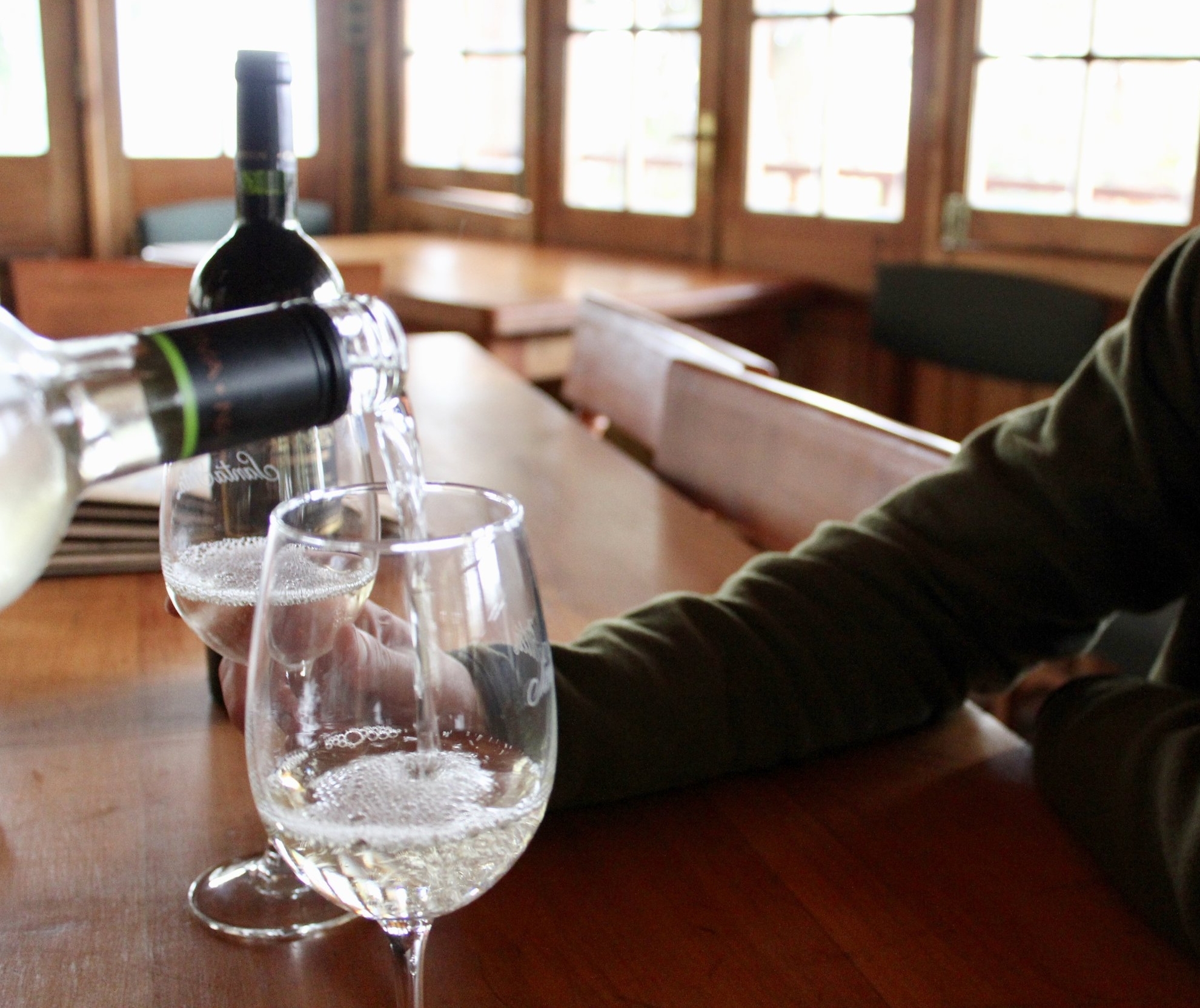Torres del Paine National Park is one of the most iconic and dramatic landscapes in the world, renowned for its soaring mountains, sprawling glaciers, and vibrant blue lakes. However, what truly sets this park apart is its notoriously unpredictable weather. Visitors to Torres del Paine often experience all four seasons in a single day, a phenomenon deeply connected to the park’s unique geology and climate. Understanding the forces at play can enhance your appreciation of this remarkable place and help you navigate its capricious weather.
The Geological Forces Shaping Torres del Paine
The landscape of Torres del Paine is a testament to the powerful geological forces that have shaped it over millions of years. The park sits at the intersection of the South American and Antarctic tectonic plates, creating the jagged peaks and deep valleys that define the region. The iconic Torres del Paine towers themselves are composed of granite, which was pushed up from deep within the Earth’s crust and exposed by glacial erosion over millennia.
This rugged terrain has a significant impact on the local weather. The steep mountains and sharp ridges channel winds, accelerate cloud formation, and create microclimates where the weather can change dramatically over short distances. The varied topography also means that different parts of the park can experience vastly different weather conditions at the same time.
Climate and Weather Patterns
Torres del Paine’s location near the southern tip of South America places it squarely within the path of the Roaring Forties, a band of westerly winds that sweep around the globe between 40 and 50 degrees latitude. These winds are a dominant force in the park’s weather, bringing moisture-laden air from the Pacific Ocean that rises rapidly as it encounters the Andes mountains.
As the moist air ascends, it cools and condenses, leading to frequent and sudden precipitation. This process is known as orographic lift, and it’s a major reason why Torres del Paine can experience rain, sleet, or snow with little warning. The proximity to the Southern Patagonian Ice Field, the largest expanse of ice outside Antarctica and Greenland, also plays a crucial role. The ice field acts as a cold reservoir, influencing local temperatures and contributing to the park’s famously volatile weather.
Microclimates and Weather Variability
The unique combination of geology and climate creates microclimates within Torres del Paine, where weather conditions can vary dramatically from one location to another. For example, the western side of the park, closer to the ice field, tends to be wetter and windier, with more frequent snowfall. In contrast, the eastern side, which lies in the rain shadow of the mountains, is often drier and sunnier, though still subject to rapid weather changes.
One of the most remarkable aspects of trekking in Torres del Paine is how quickly the weather can shift. It’s not uncommon to start a hike in calm, sunny conditions, only to encounter gale-force winds, heavy rain, or even snow a few hours later. The mountains can generate their own weather systems, with clouds forming and dissipating seemingly at will. This variability is part of what makes the park so dynamic and, for many, so alluring.
The Impact of Wind
Wind is perhaps the most defining feature of Torres del Paine’s weather. The strong westerlies can reach speeds of over 100 kilometers per hour (62 miles per hour), particularly in the more exposed areas of the park. These winds are intensified by the park’s topography, funneling through valleys and across lakes, creating challenging conditions for trekkers.
The wind not only affects the temperature, making it feel much colder than it is, but it also has a dramatic impact on the landscape. Over time, the relentless winds have sculpted the mountains and valleys, contributing to the park’s rugged beauty. For visitors, the wind can be both a challenge and a thrill, adding an element of unpredictability to every hike.
Experiencing the Weather in Torres del Paine
Encountering the full spectrum of weather in a single day is a quintessential part of the Torres del Paine experience. Whether it’s the thrill of witnessing a sudden storm sweep across Lake Pehoé or the awe of seeing the peaks of the Torres emerge from the clouds after a morning of fog, the park’s weather adds a layer of drama and excitement to every visit.
Understanding the geology and climate of Torres del Paine helps explain why the weather here is so unpredictable, but it also deepens the appreciation of the forces that have shaped this extraordinary landscape. The next time you feel the wind pick up or see clouds gathering over the mountains, you’ll know it’s not just random chance—it’s the result of millions of years of geological and climatic interplay that makes Torres del Paine one of the most unique places on Earth.




